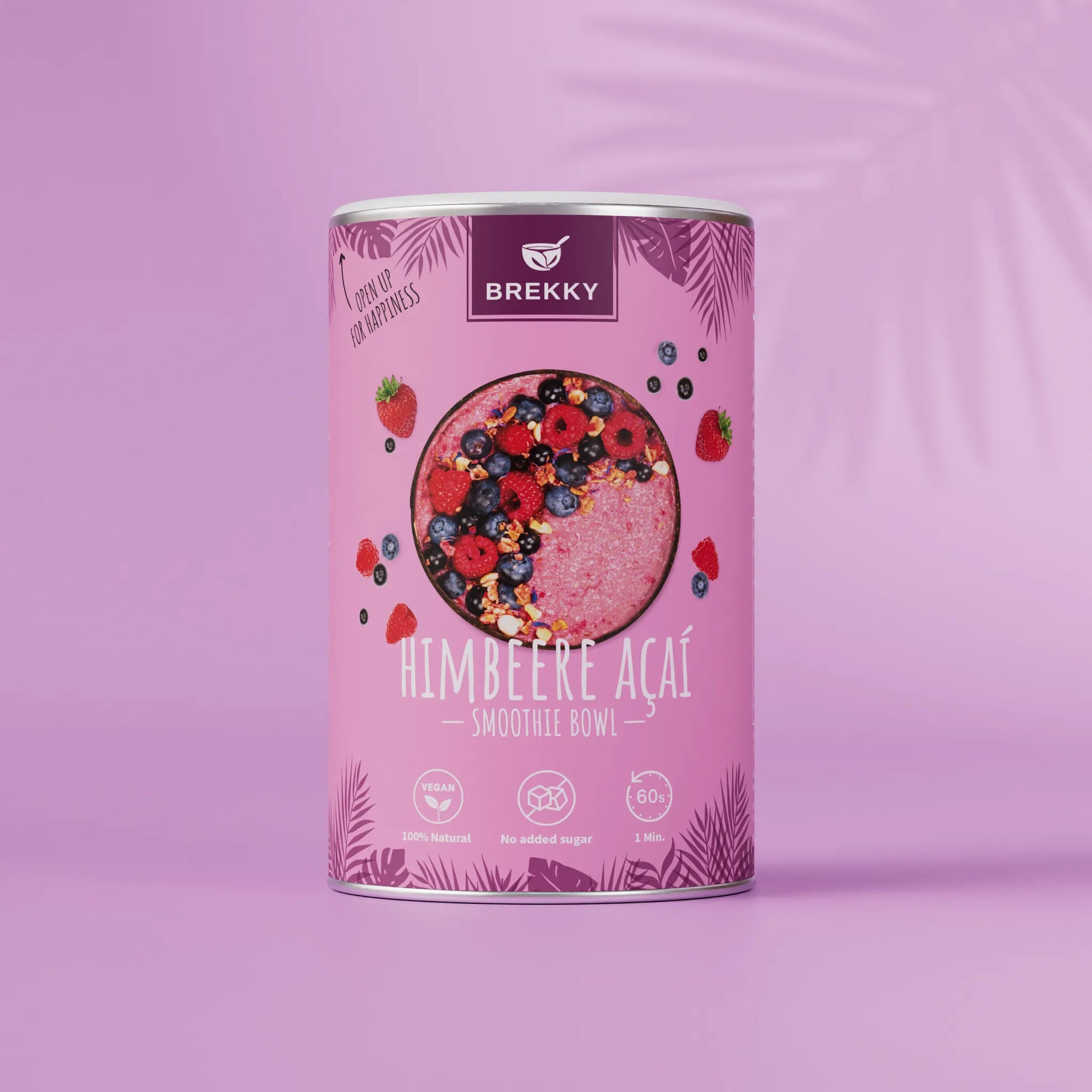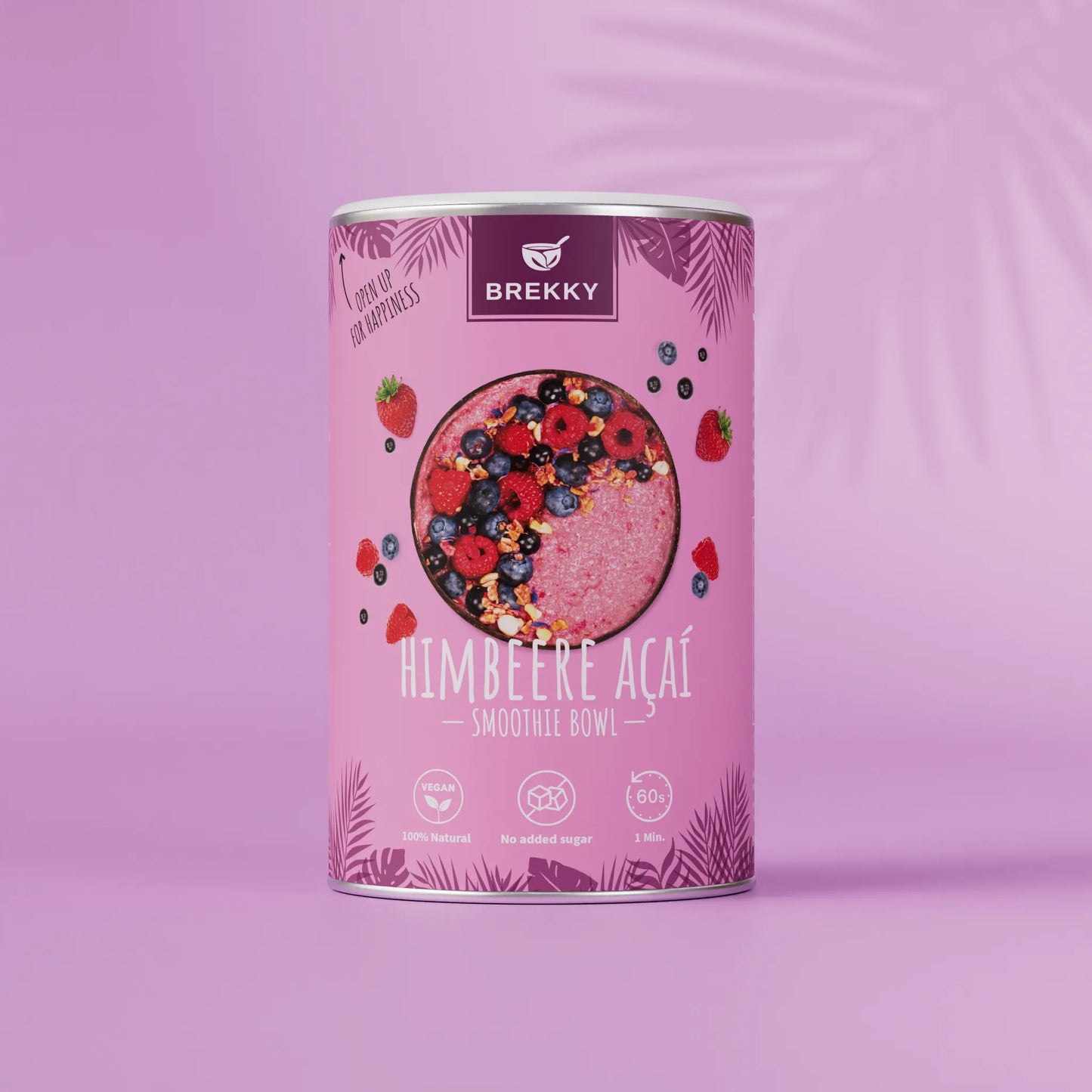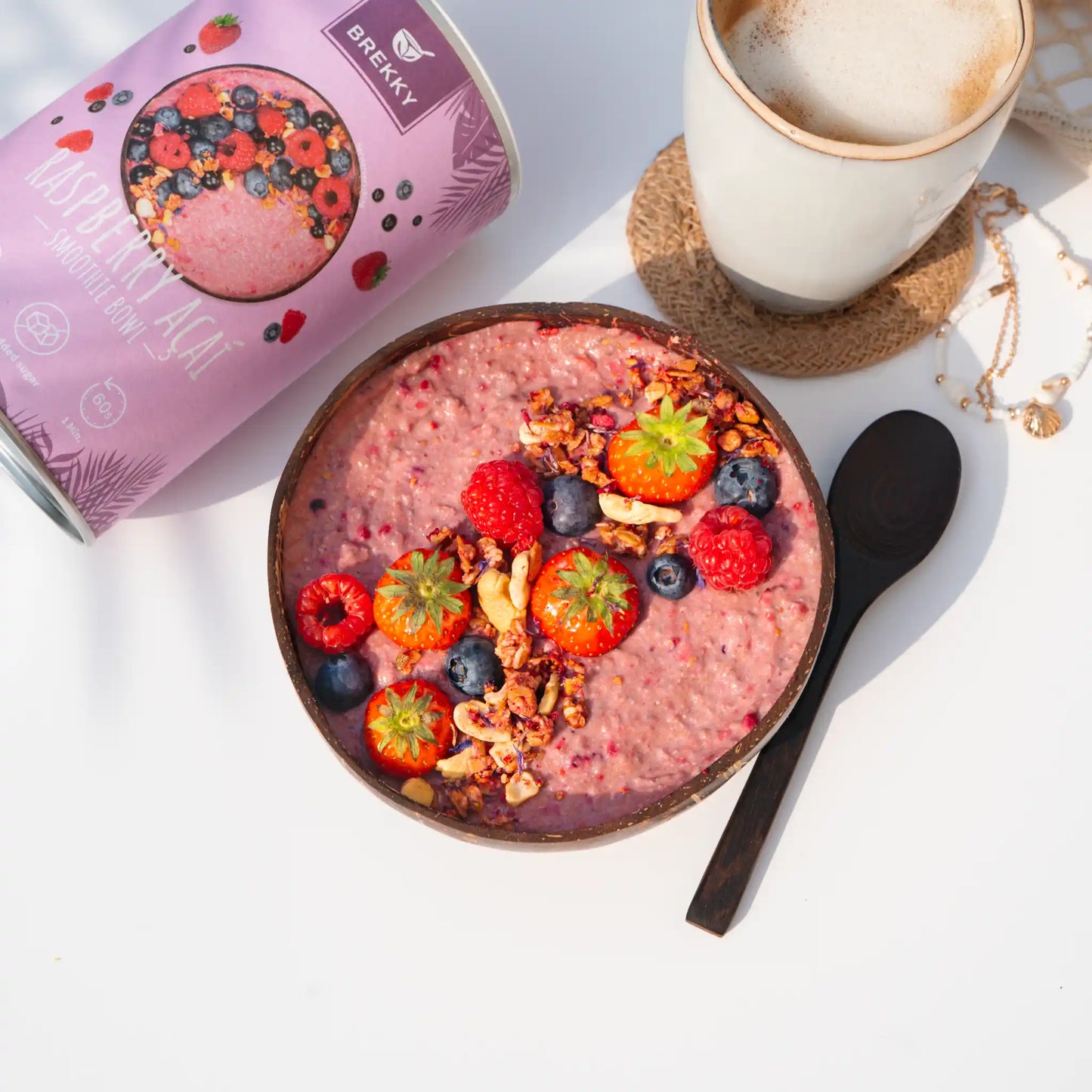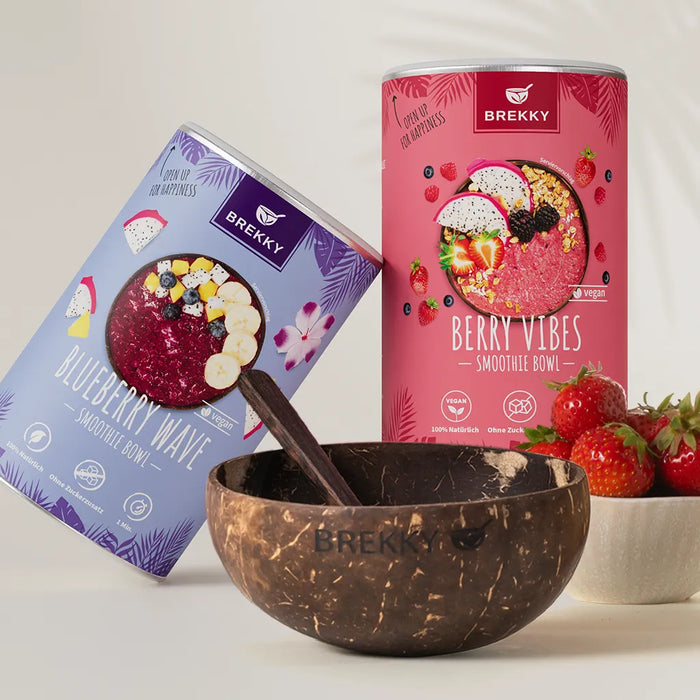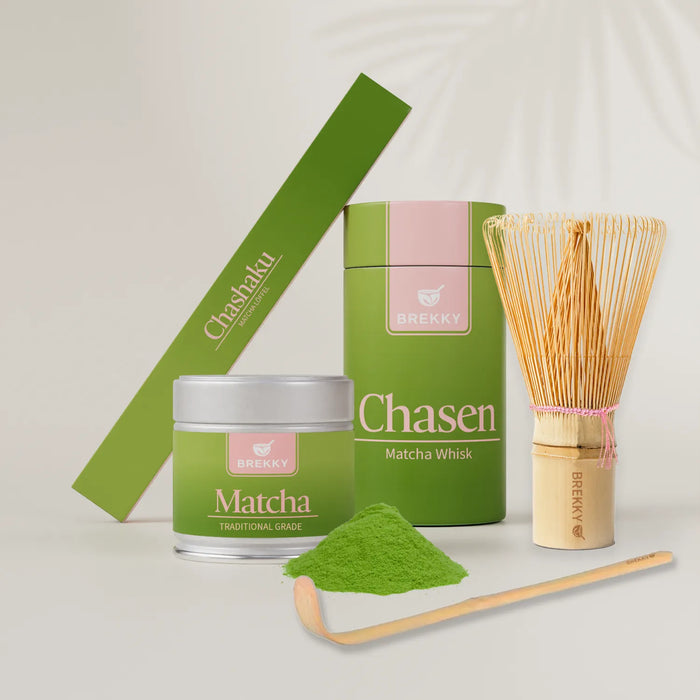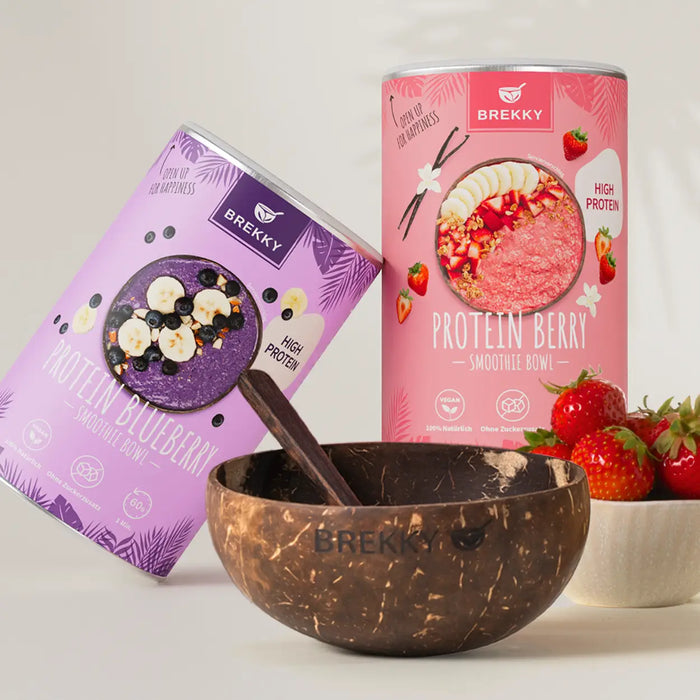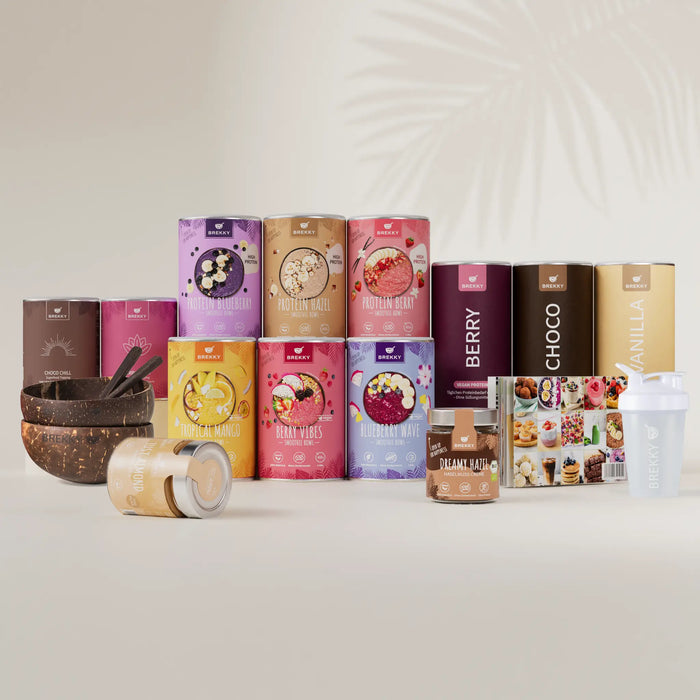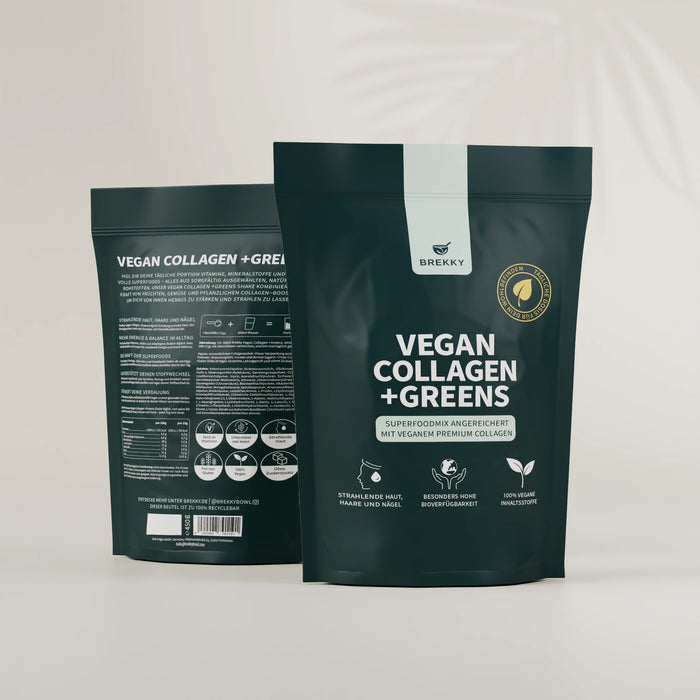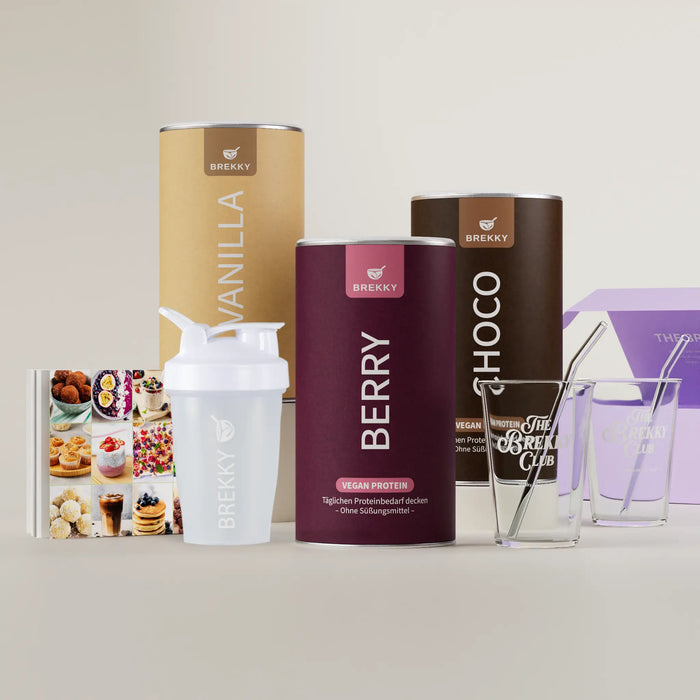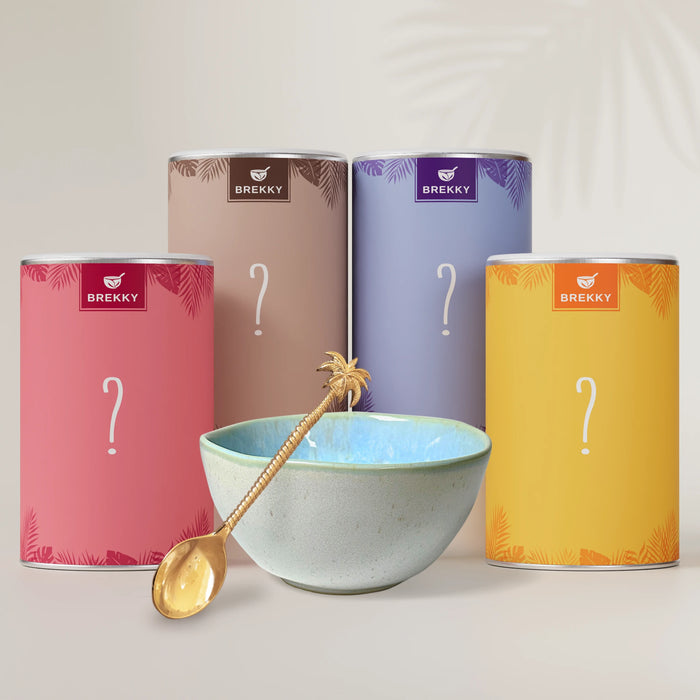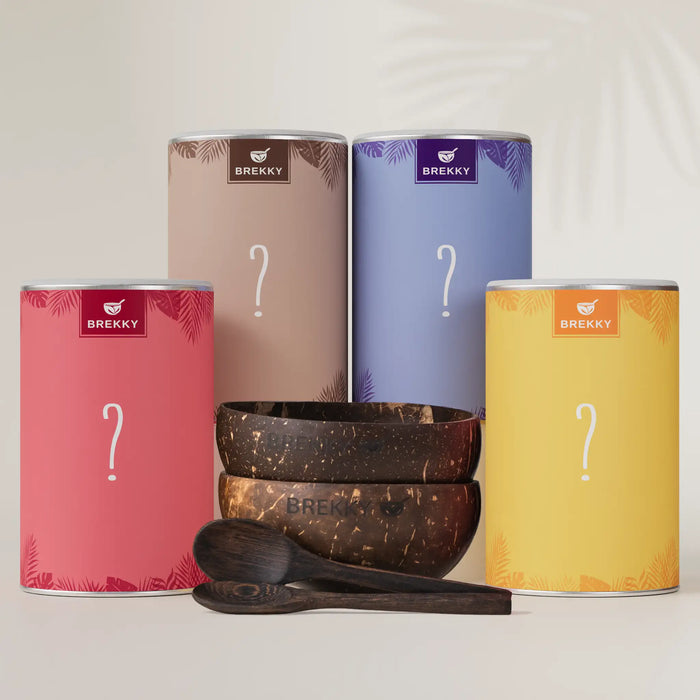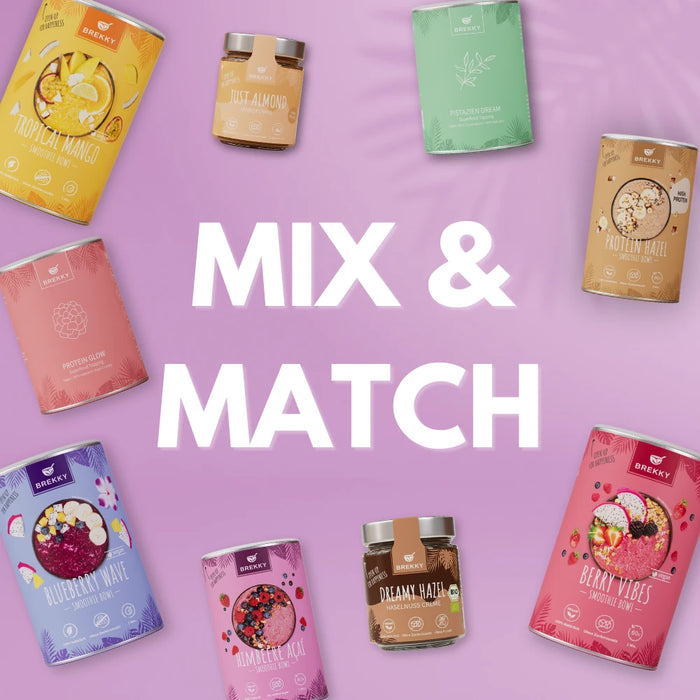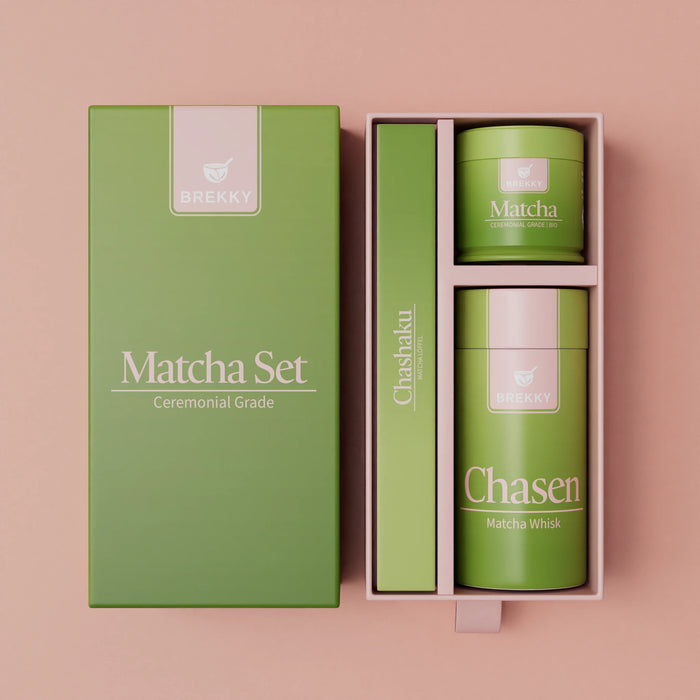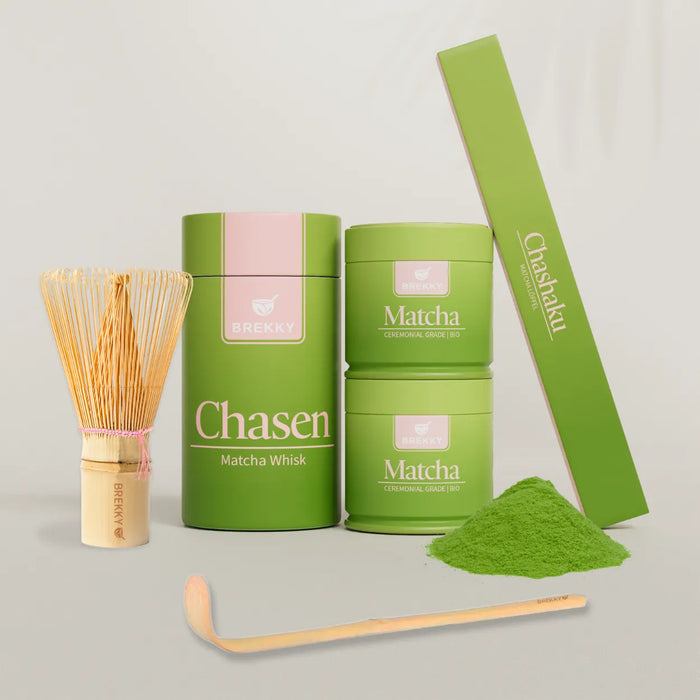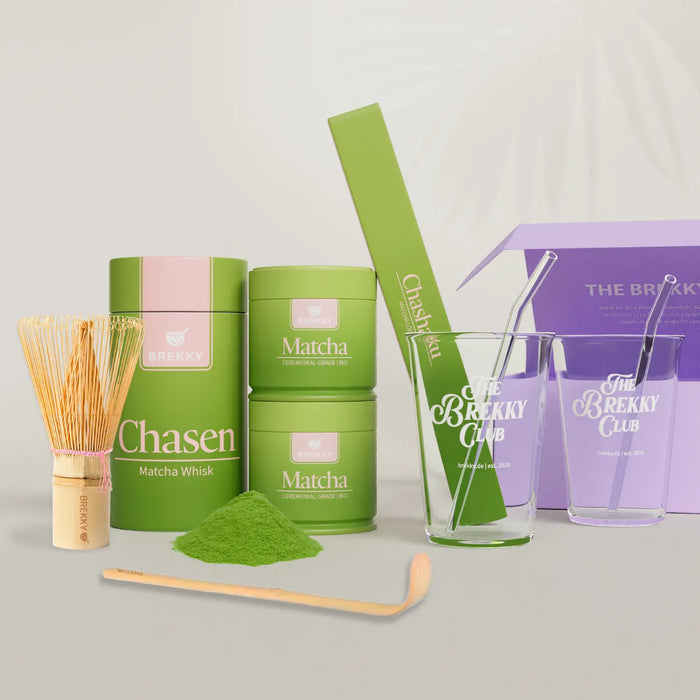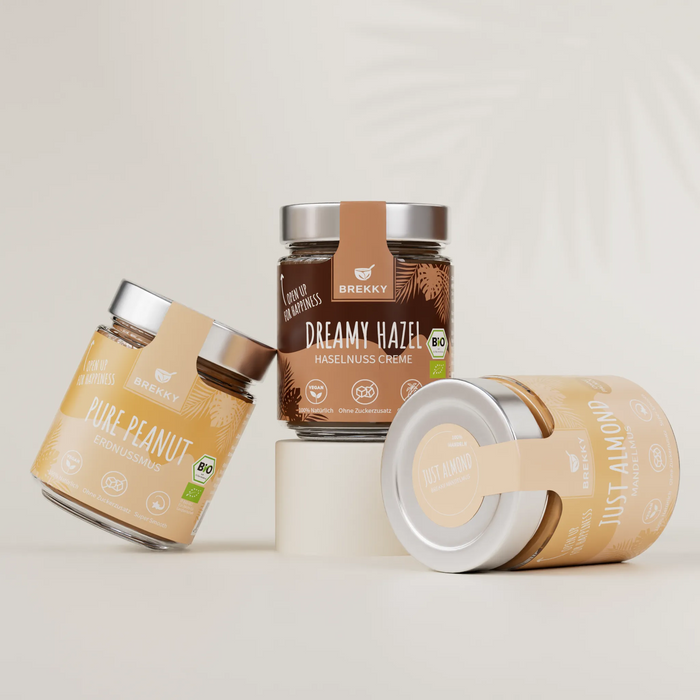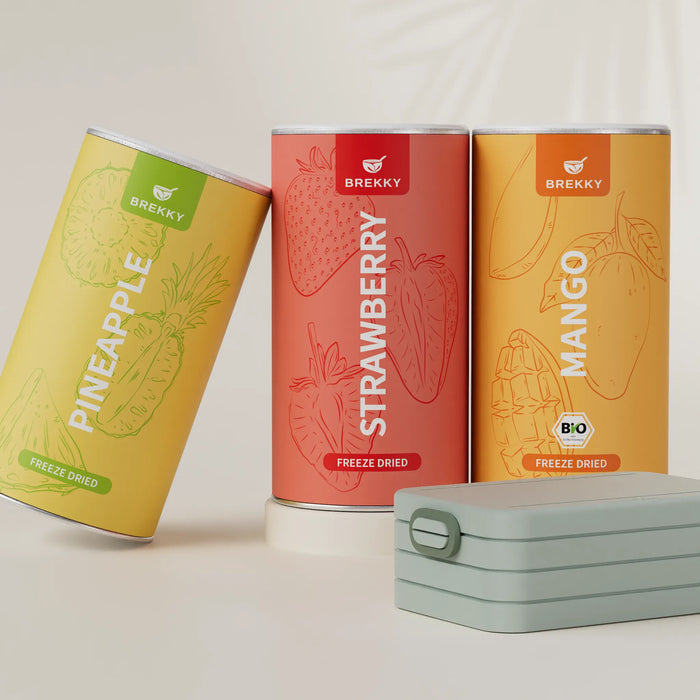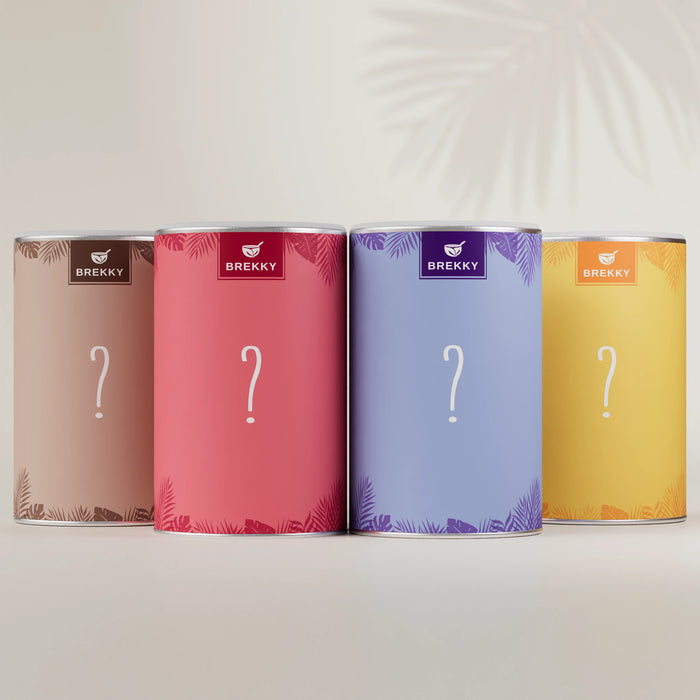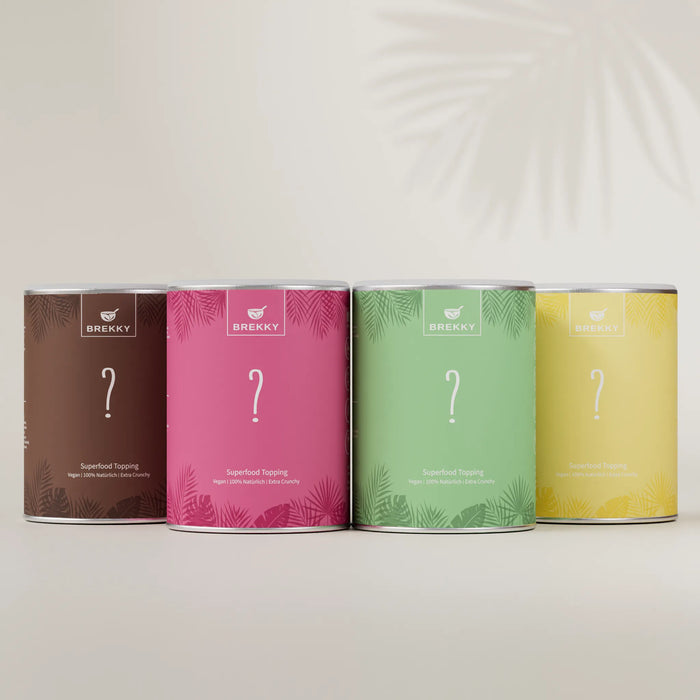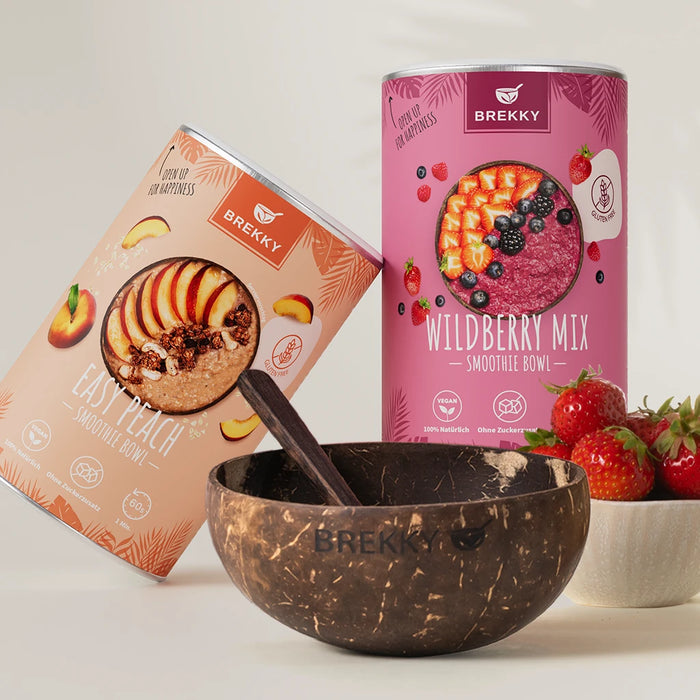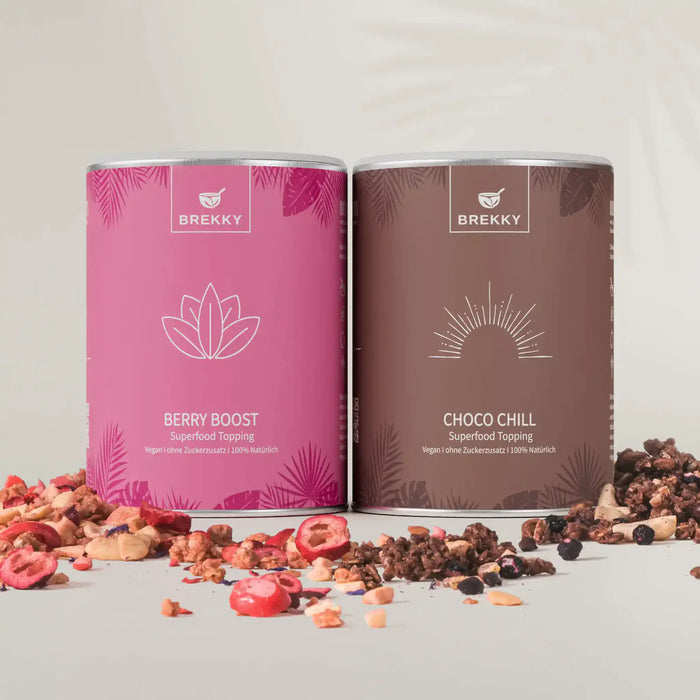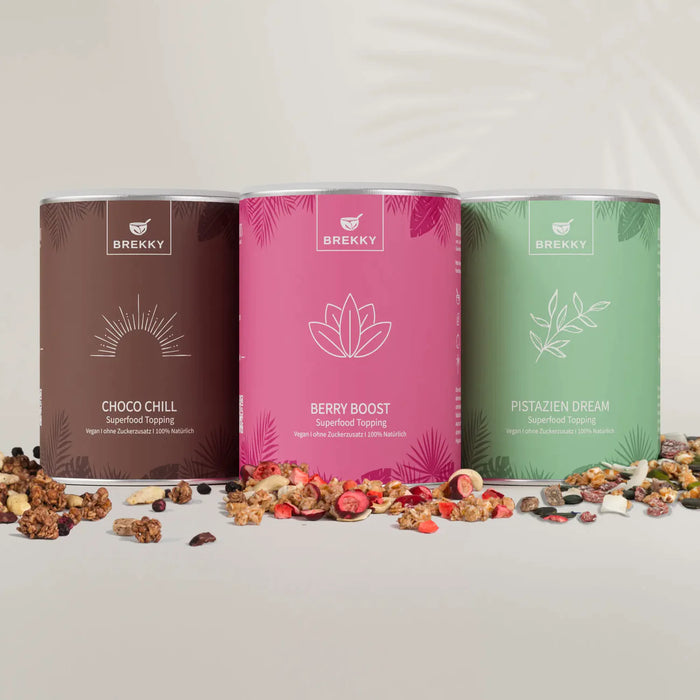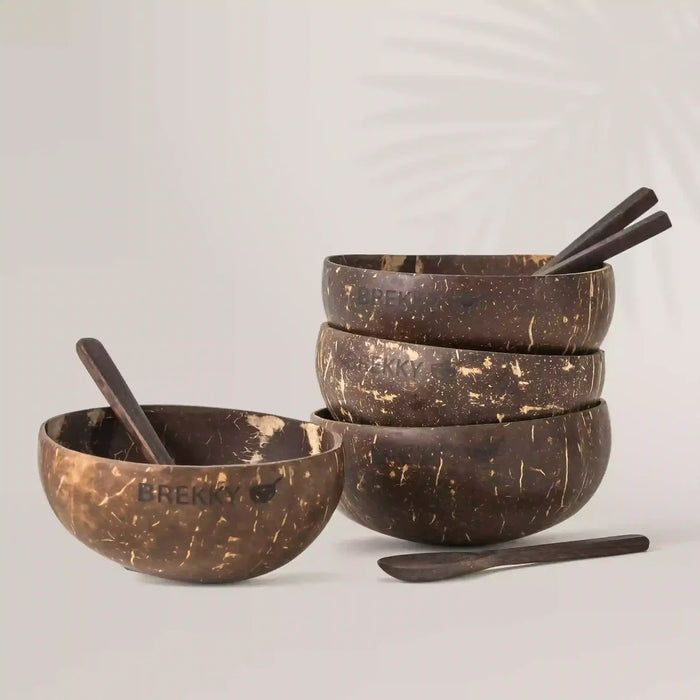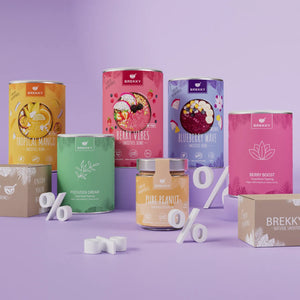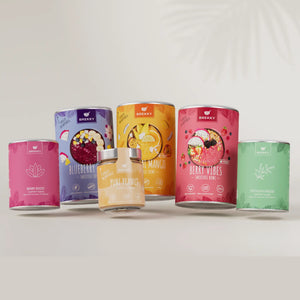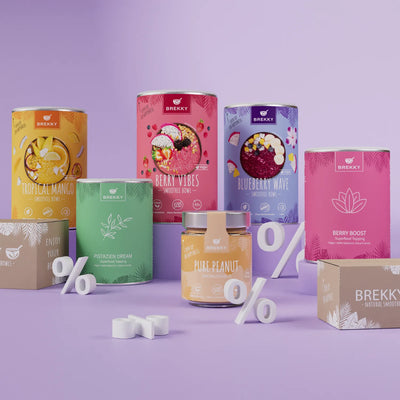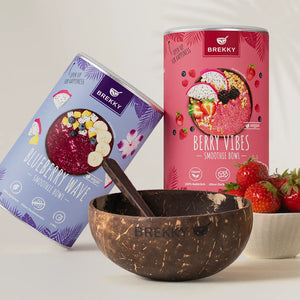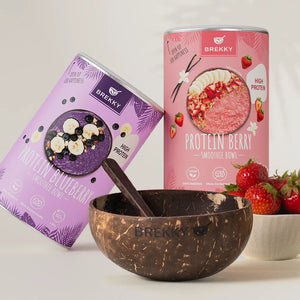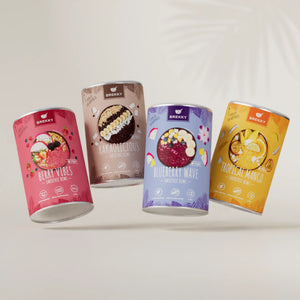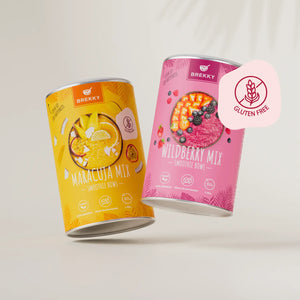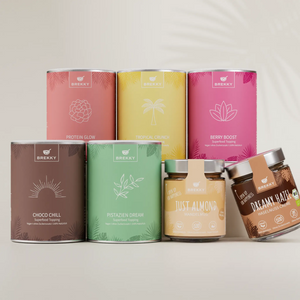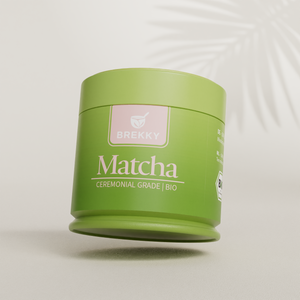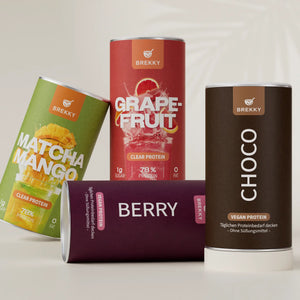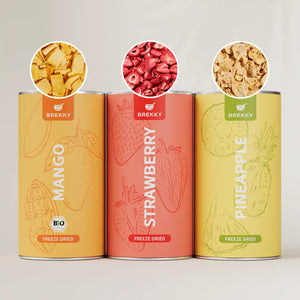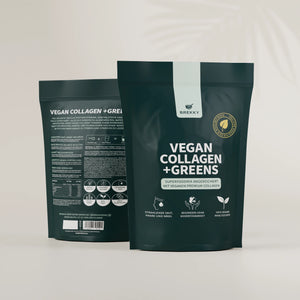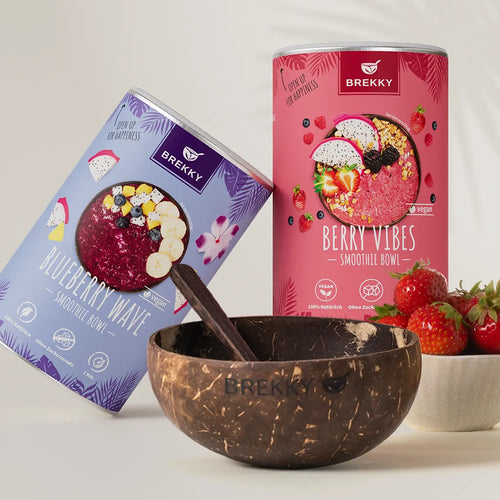Smoothie bowls: healthy breakfast or hidden calorie trap?
Contents
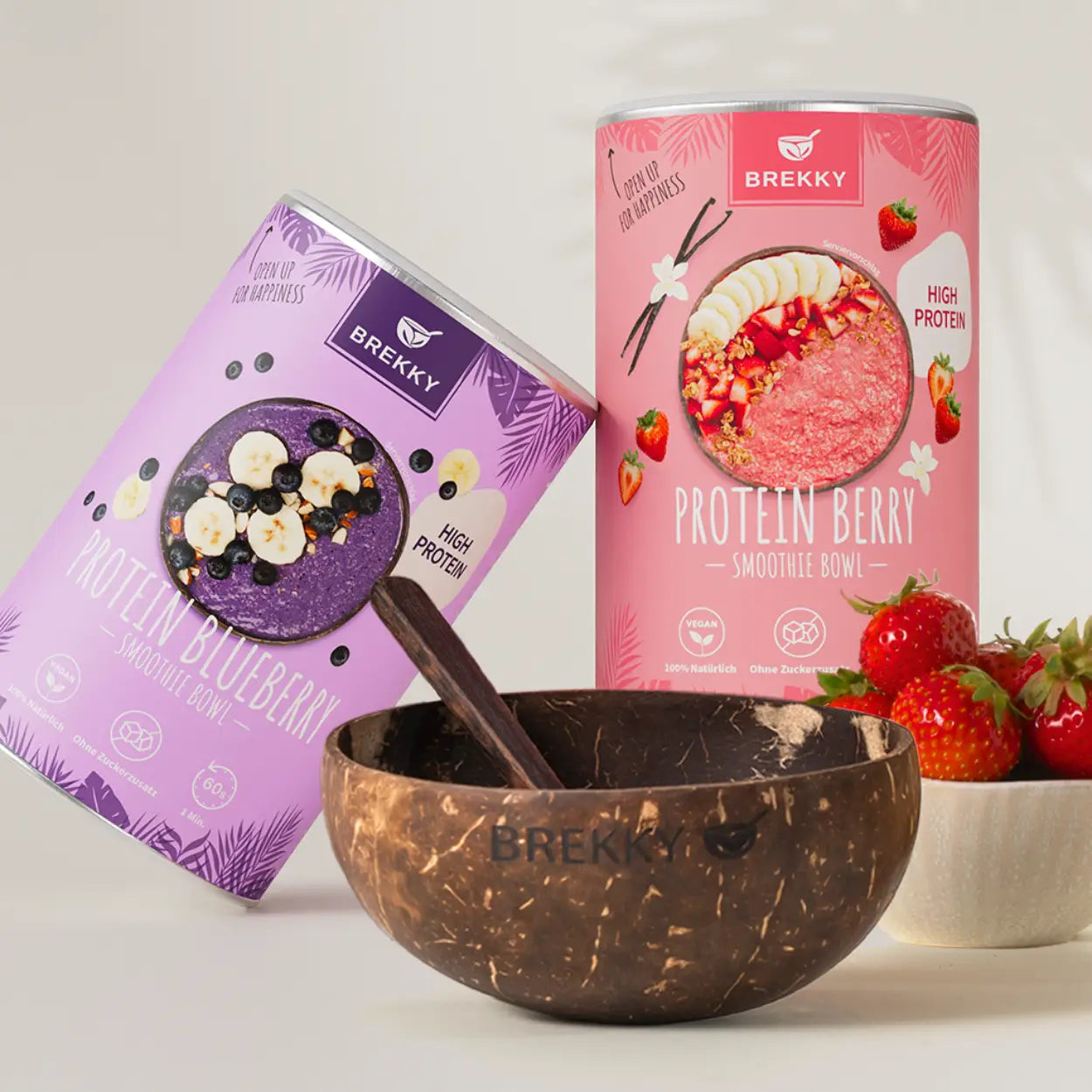
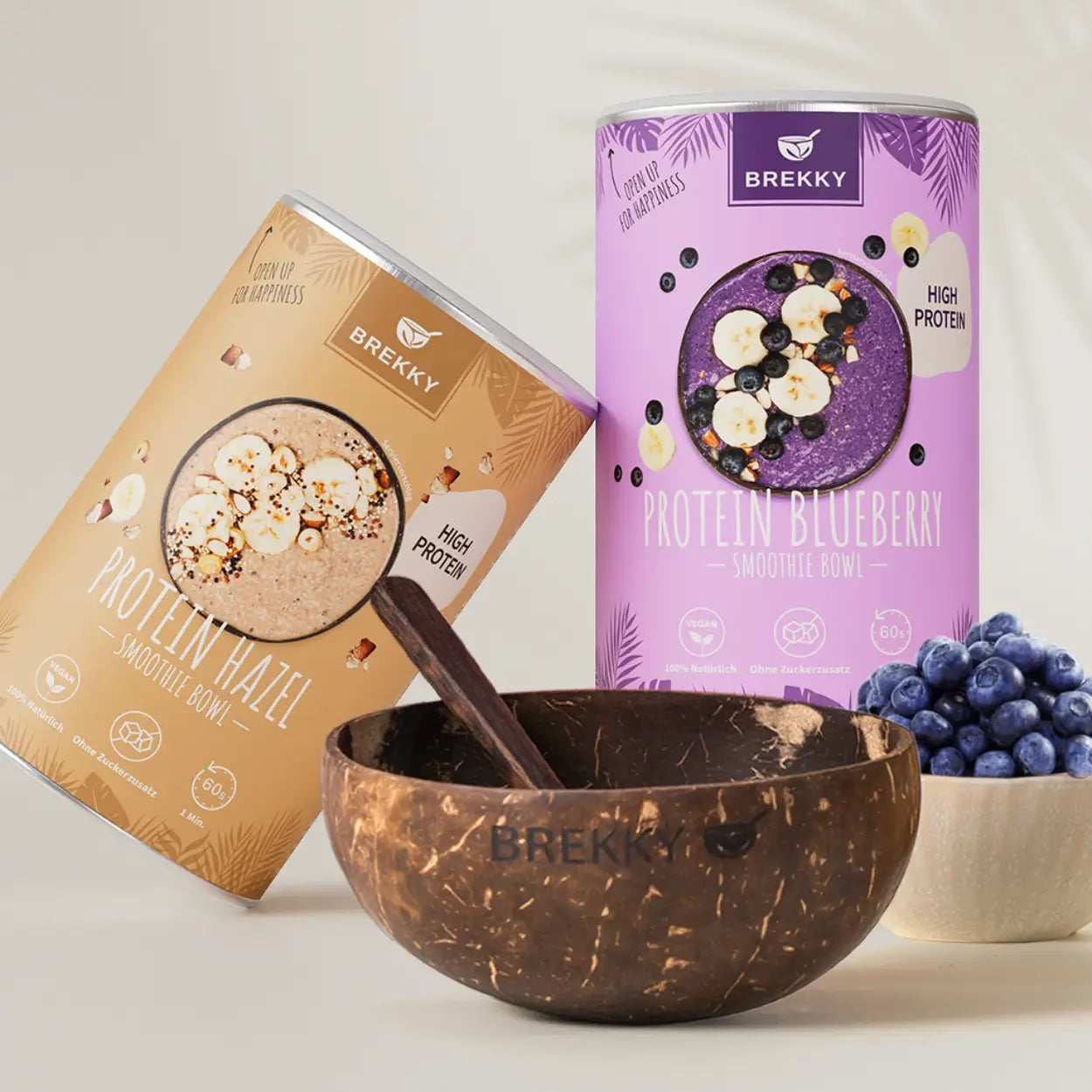
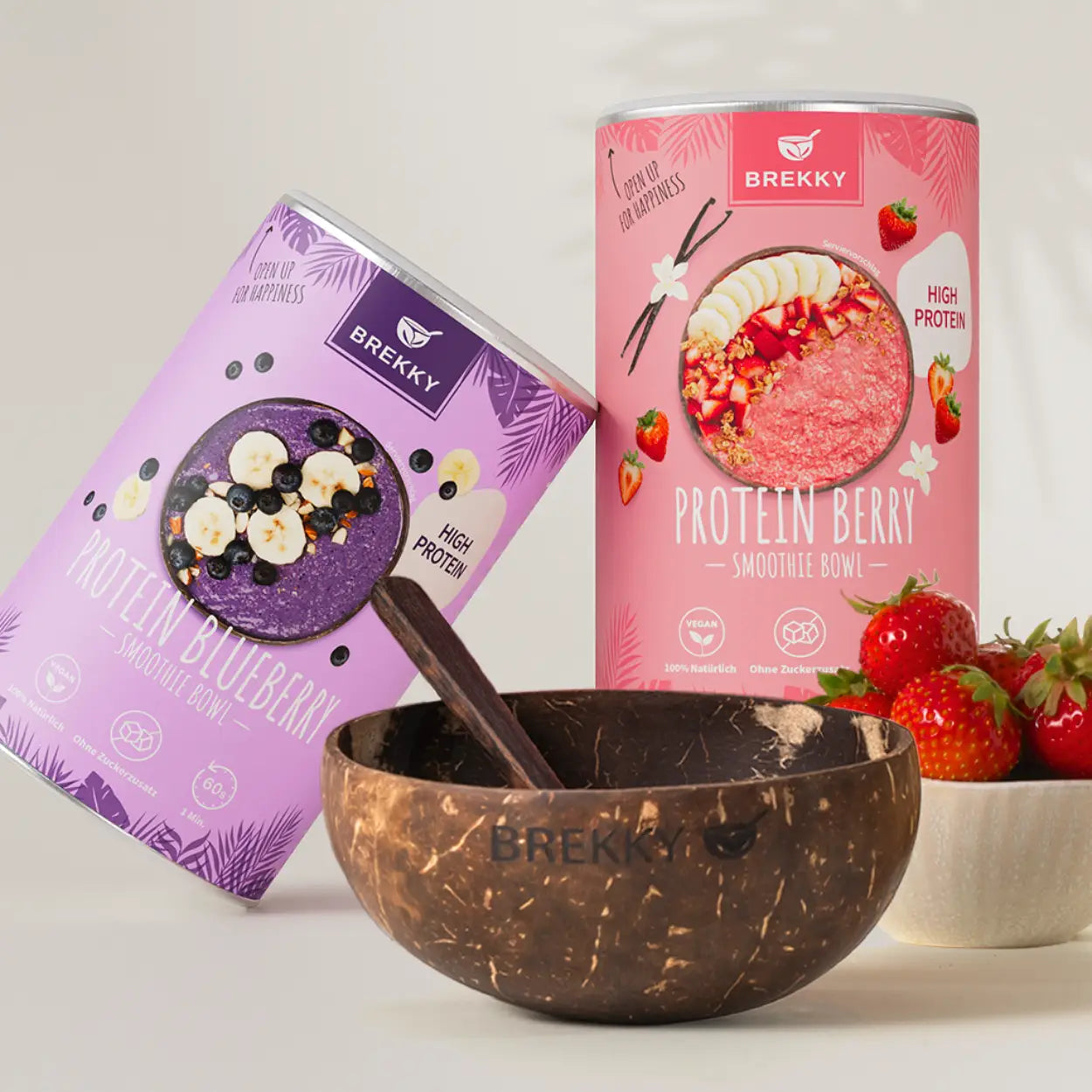
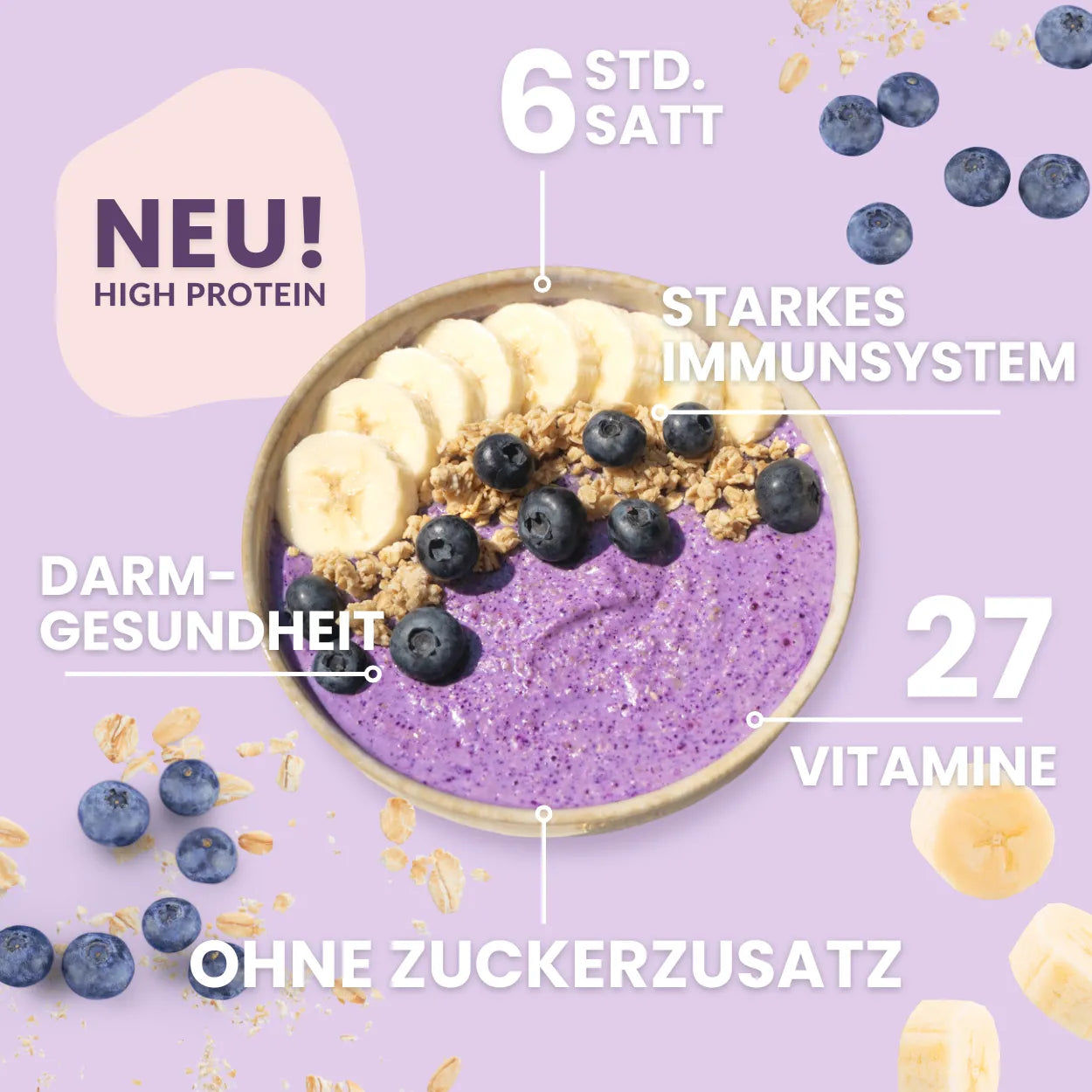
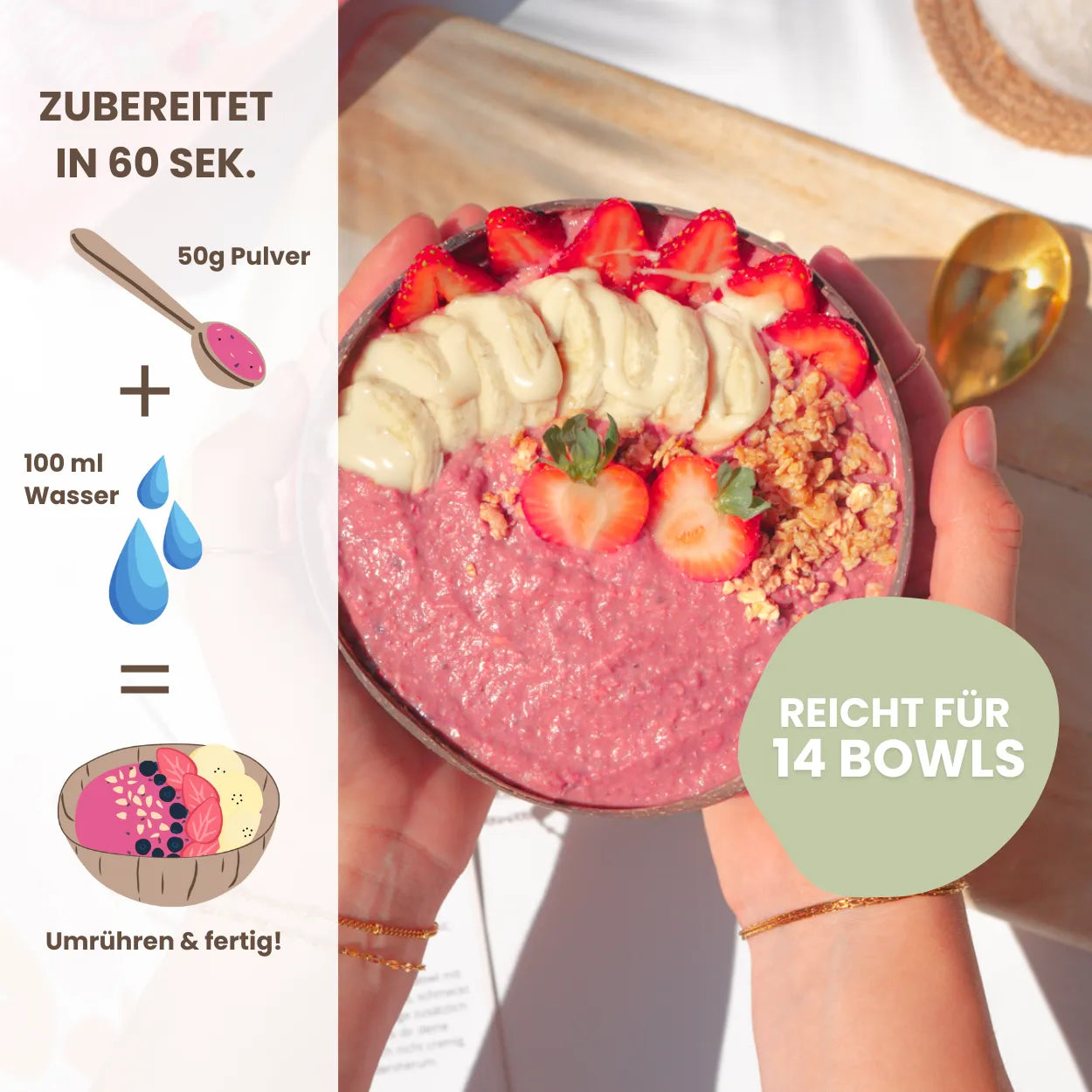
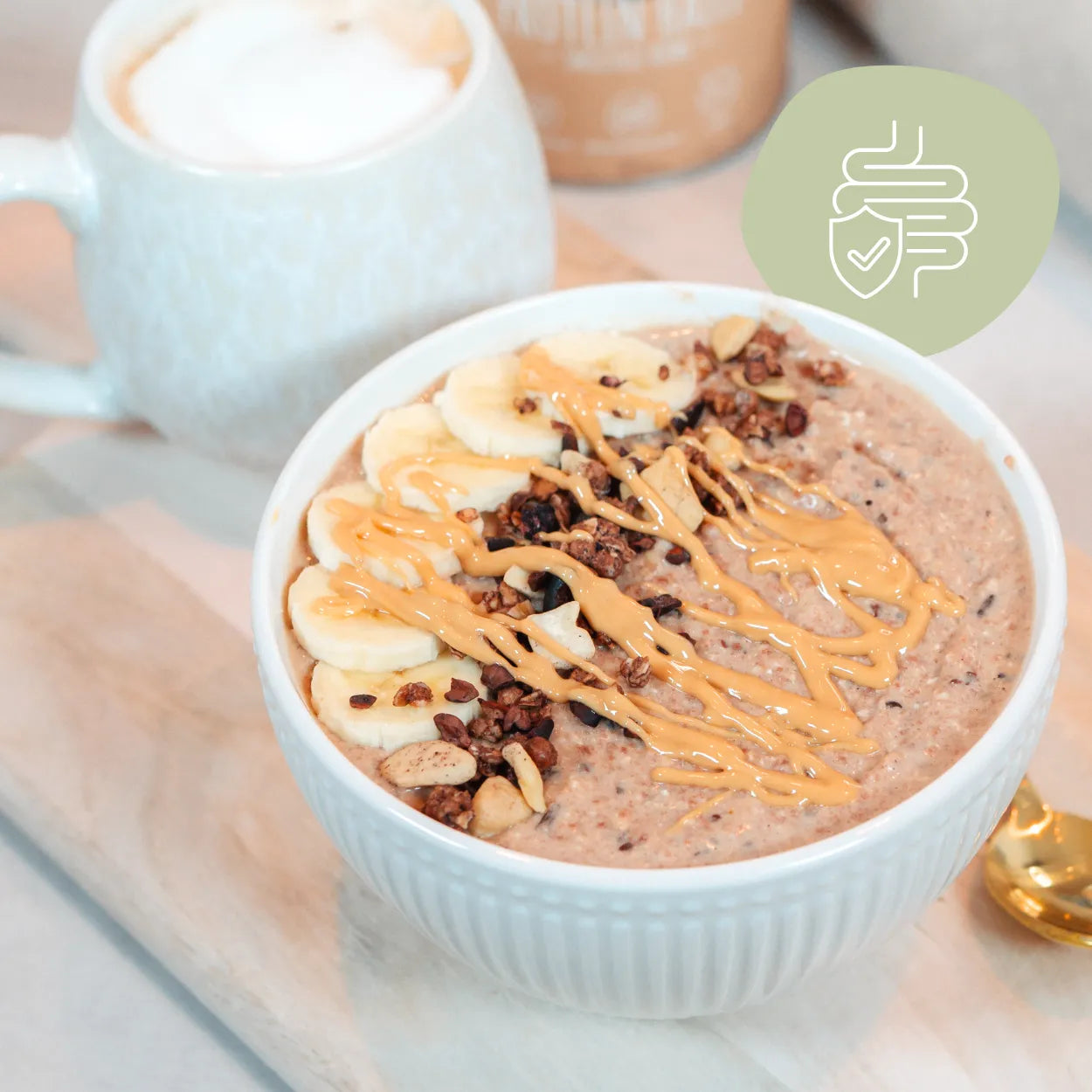
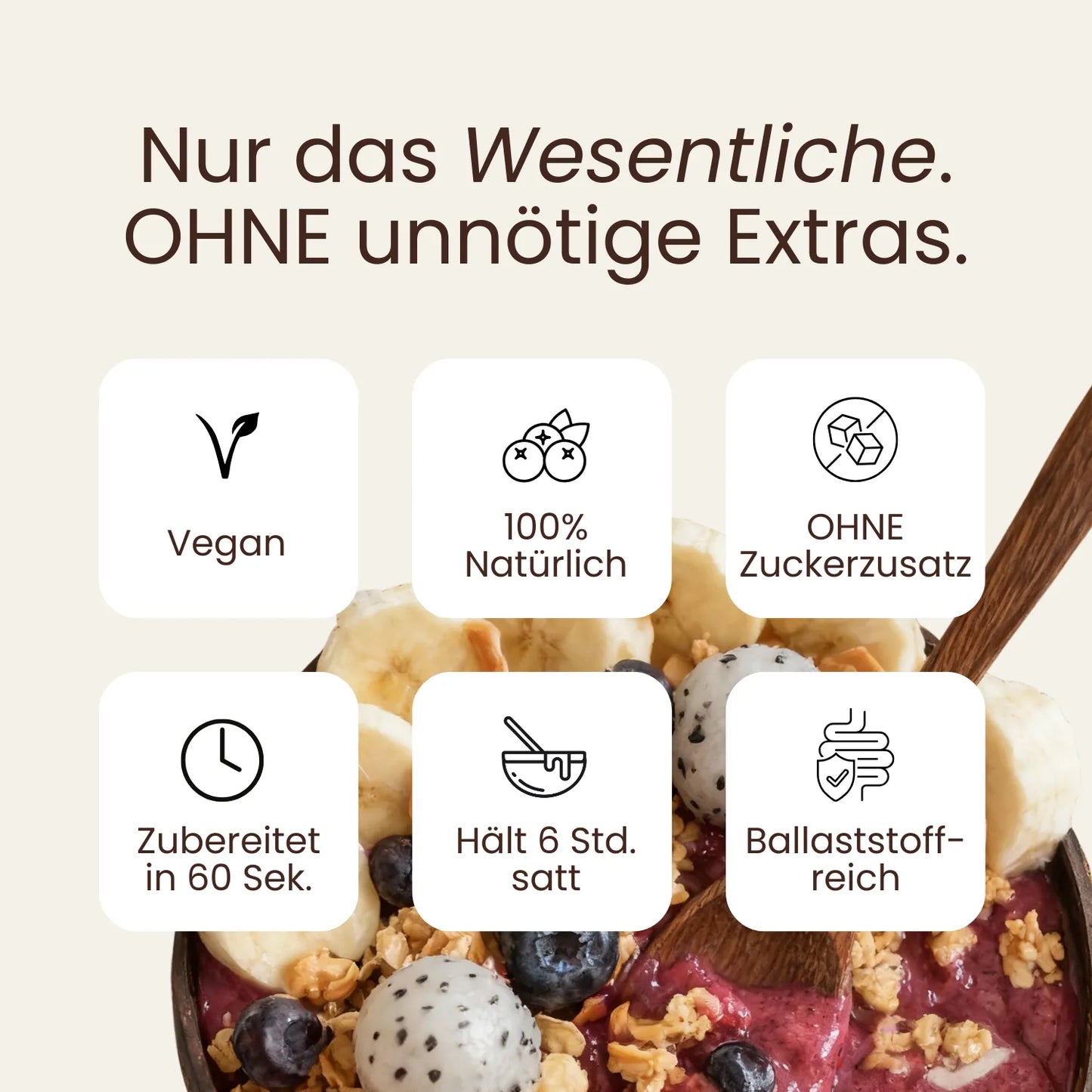

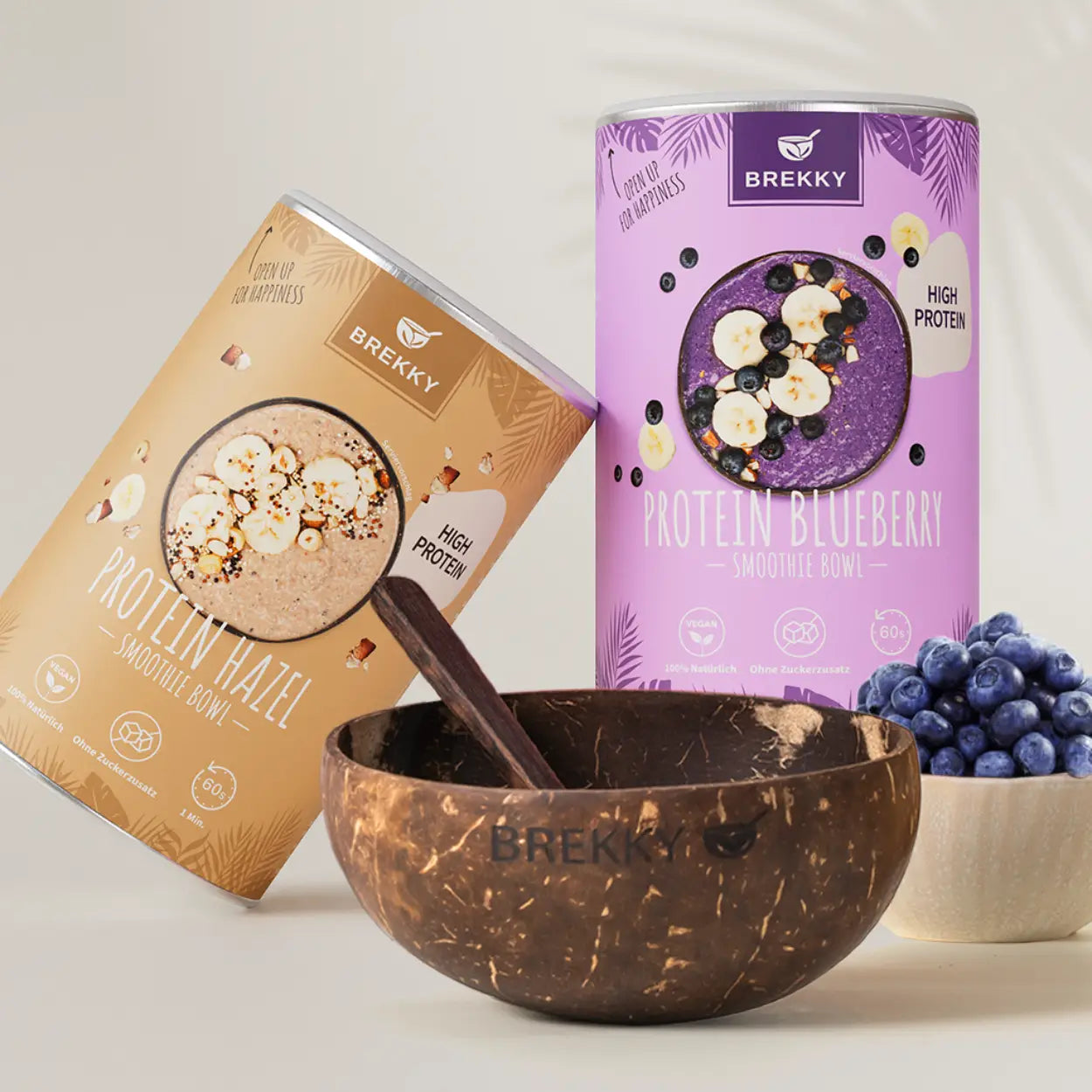
Are smoothie bowls really healthy?
Calories in smoothie bowls: What is the actual value?
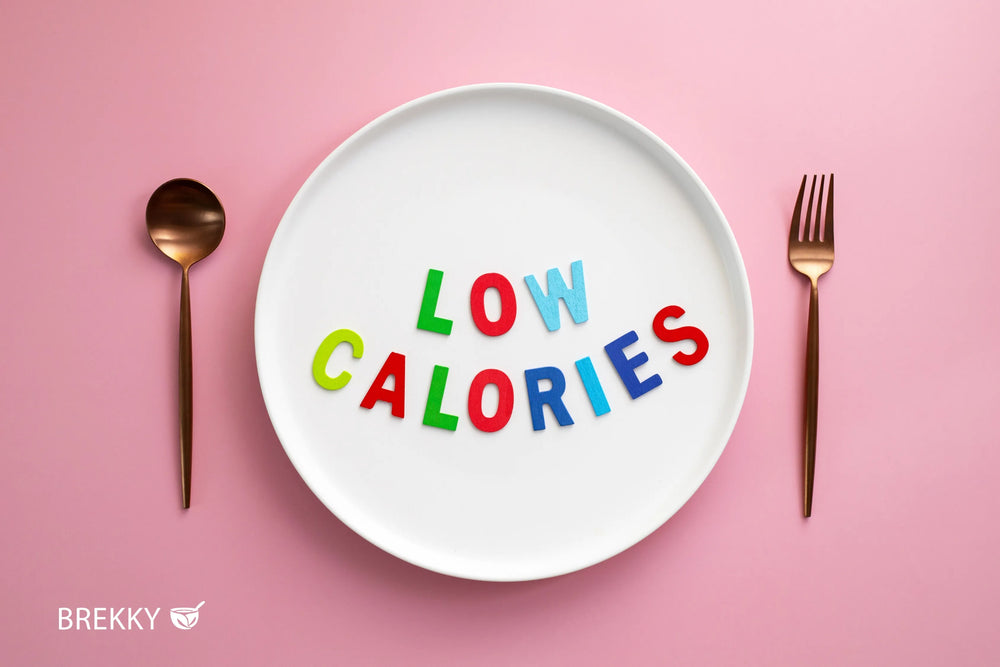
Recognize and avoid high-calorie topping traps
Toppings, in particular, give a smoothie bowl that certain something extra. However, they can quickly increase the calorie content. The biggest calorie traps include:
- Nut butter : Peanut butter, almond butter or cashew butter are delicious, but contain around 500 to 600 calories per 100 grams.
- Desiccated coconut : Although they are rich in medium-chain fatty acids, they are also very high in calories.
- Sugary crunchies : Crunchy muesli or chocolate sprinkles quickly increase the total calories.
- Sweetened granola : Ready-made granola often contains a lot of sugar. It's worth checking the nutritional information.
If you're planning a smoothie bowl for weight loss, you should be careful with the toppings. Small amounts are perfectly fine, but keep in mind that 30–40 grams of almonds can easily exceed 200 calories. Chia or flax seeds are an alternative: they're low in calories (in small amounts) but high in fiber.
Comparison with other breakfast options
Depending on its composition, a smoothie bowl often contains about the same number of calories as a moderate bowl of muesli with milk. However, it often contains more vitamins and is easier to digest because the fruit and vegetables are finely chopped. Compared to a classic breakfast roll with butter and jam, a healthy smoothie bowl often performs better because it contains less added sugar and more fiber. However, if you randomly combine lots of nut butter, oatmeal, coconut milk, and honey, you'll quickly consume more calories than with a slice of whole-grain bread and a lean topping. It's therefore worth combining ingredients that suit your individual nutritional goals.
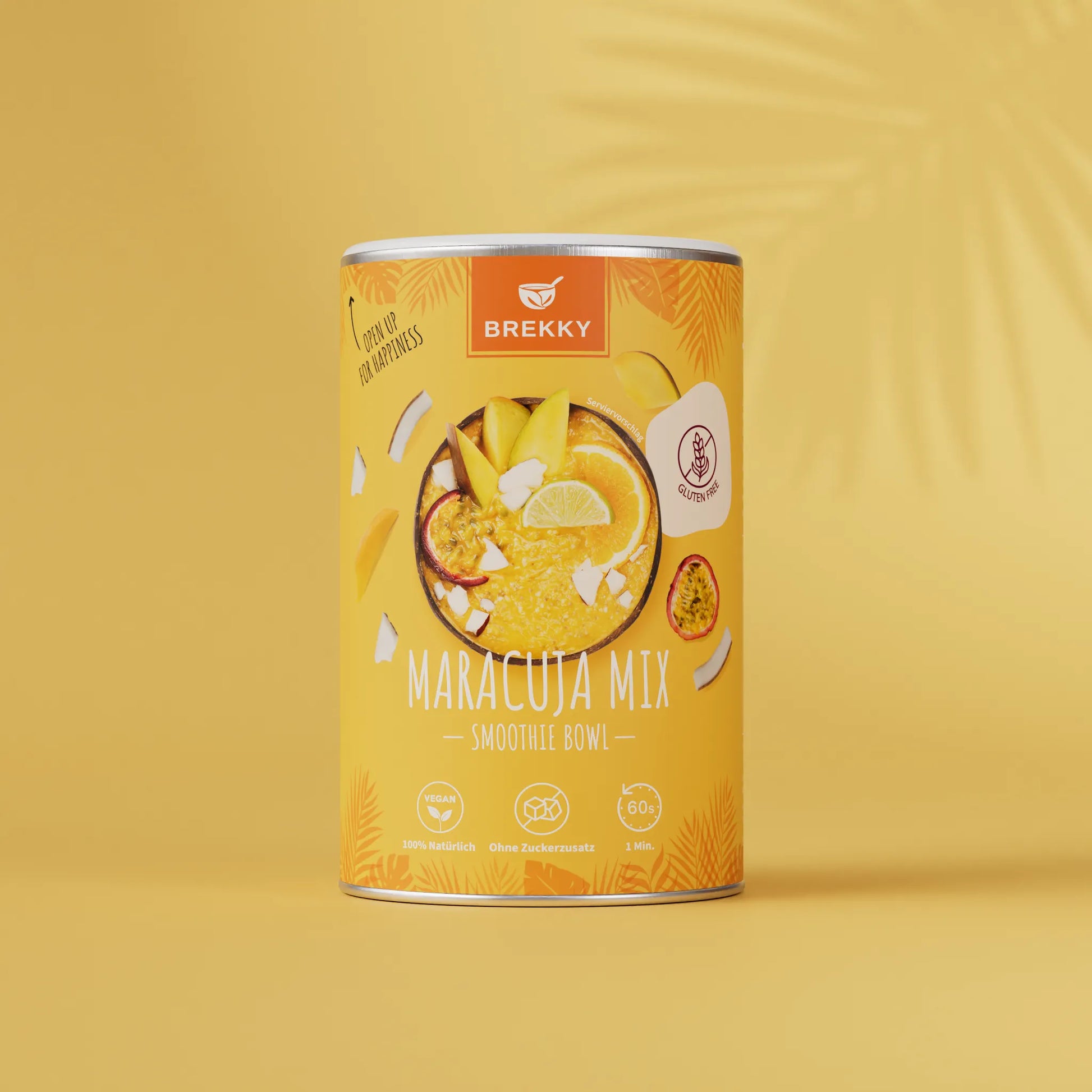
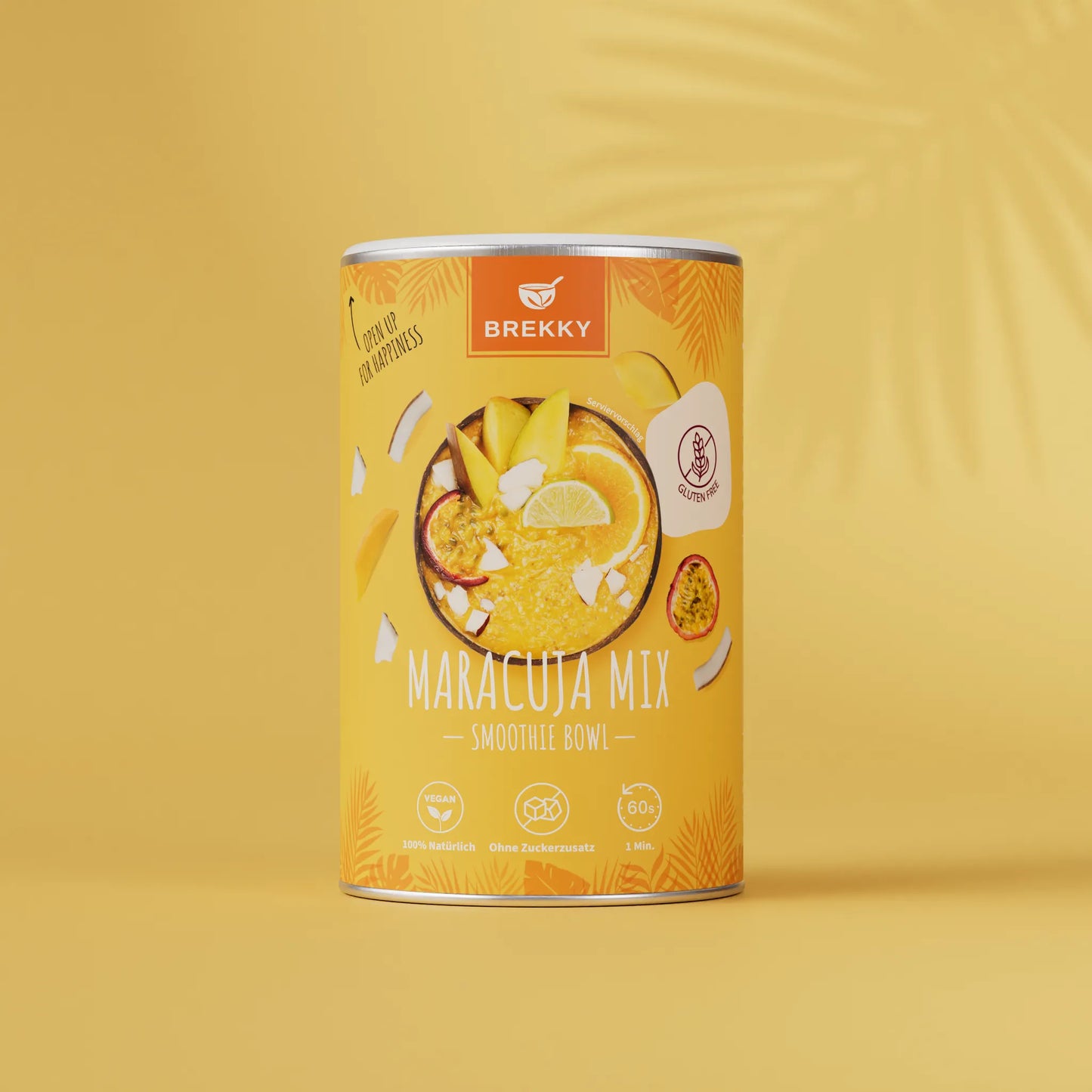
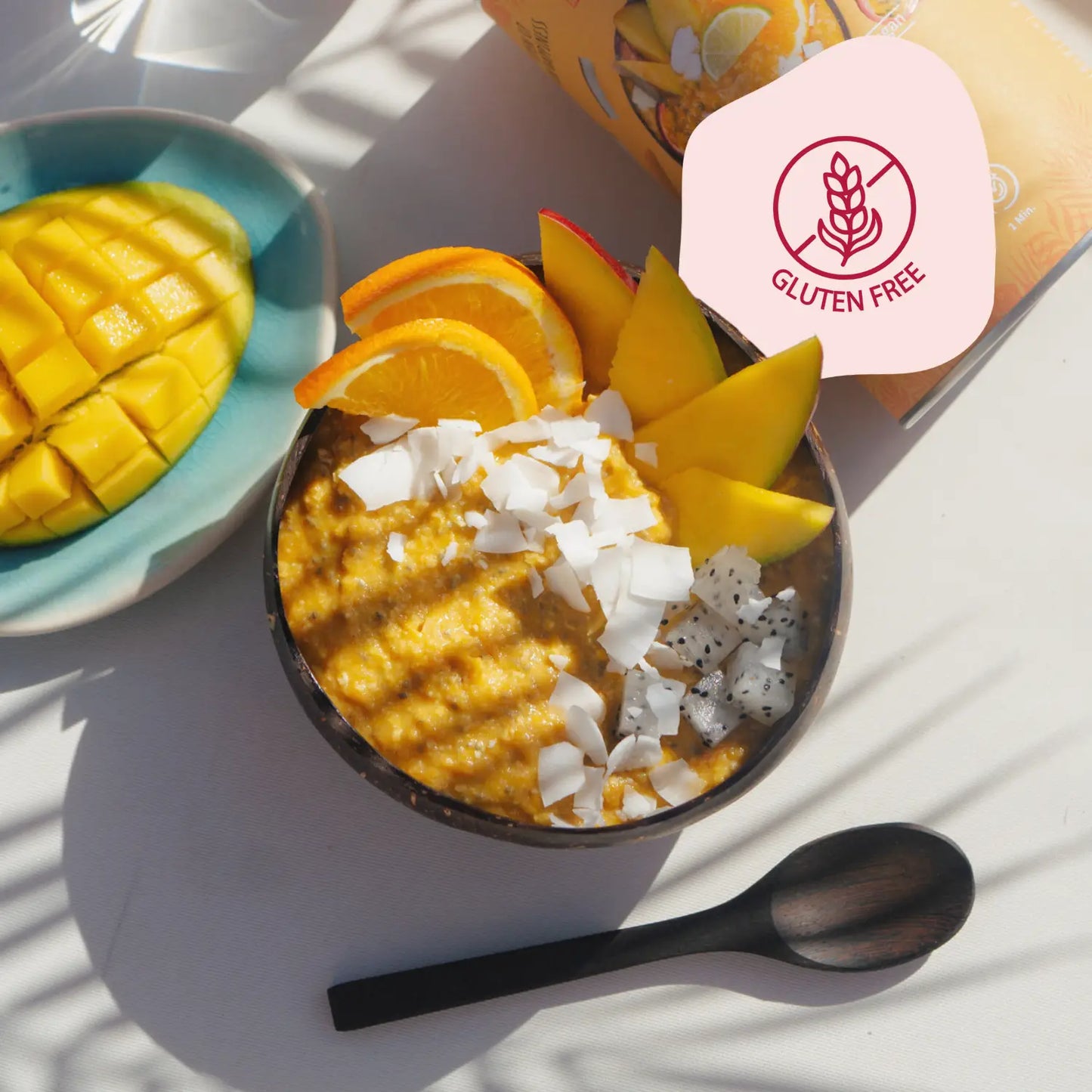
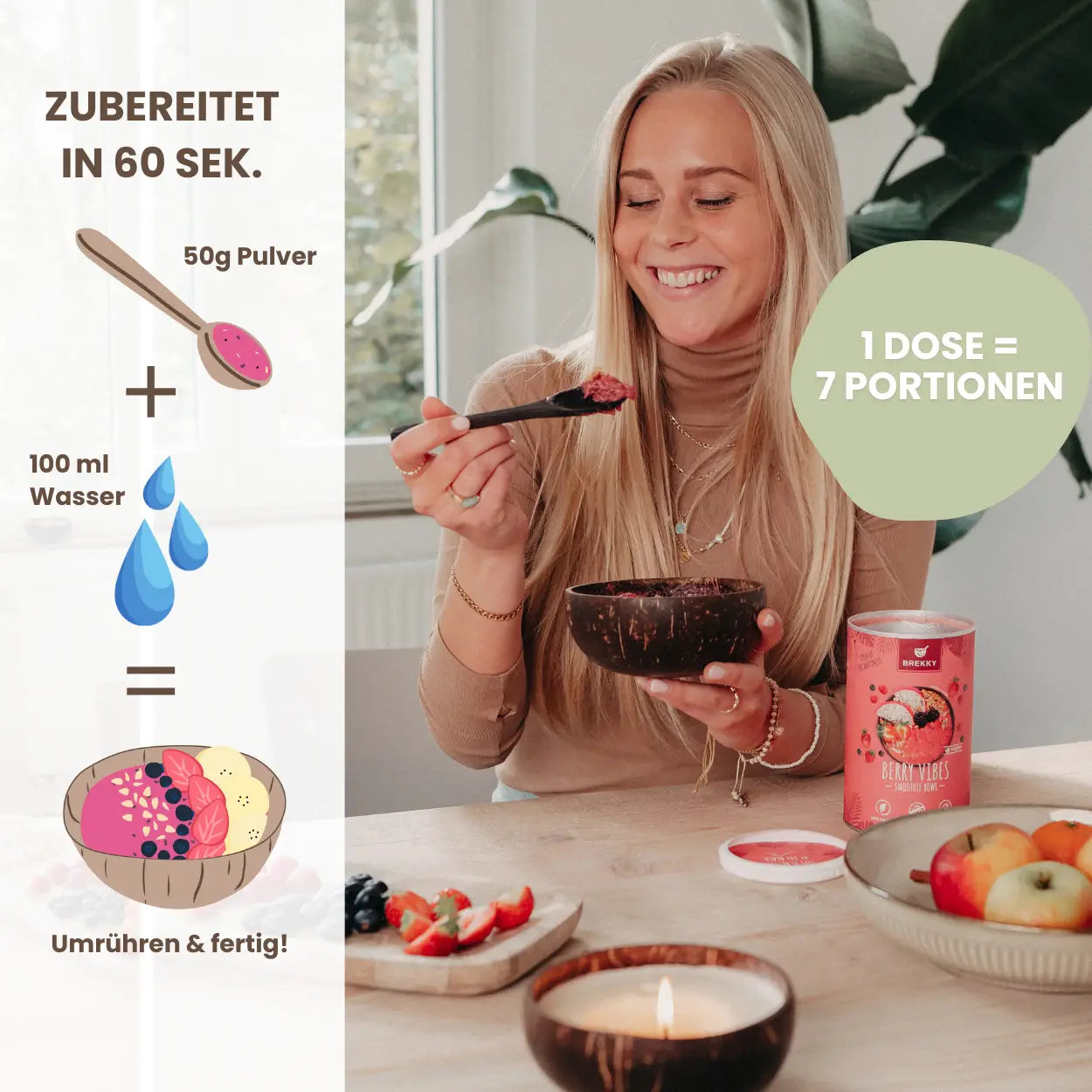

Smoothie bowls for weight loss: How to do it right
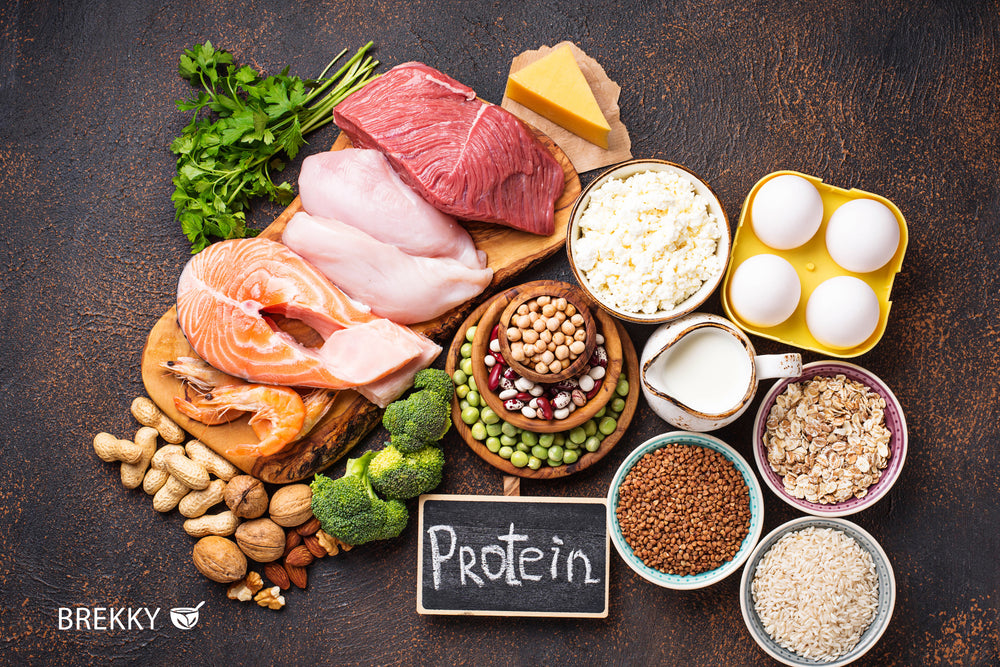
The optimal nutrient composition for weight loss
A smoothie bowl for weight loss should not only be low in calories but also provide important nutrients. Specifically, this means:
-
Protein for long-lasting satiety: Low-fat curd cheese, natural yogurt, or plant-based alternatives such as soy yogurt can provide the body with valuable protein.
- High-quality carbohydrates : A little banana or oatmeal can serve as an energy source. Make sure to eat moderate amounts to save calories.
- Healthy fats : A small portion of flaxseed, chia seeds or a small spoonful of nut butter has a positive effect on the cardiovascular system and still keeps the smoothie bowl relatively low in calories.
The result is a bowl that, despite its reduced calorie content, is rich in micronutrients and will get you through the morning.
Protein-rich options for long-lasting satiety
Protein is key to sustained satiety. This is especially important if you're trying to lose weight. Ideas for more protein:
- Greek yogurt or skyr as a base
-
Protein powder (e.g. whey or pea protein) for an extra push
- Pulses such as chickpeas (when pureed they provide a creamy consistency)
- Low-fat quark : very rich in protein and comparatively low in calories
This way, you can prepare smoothie bowls with a higher protein content, which will keep insulin levels stable and prevent cravings.
Blood sugar management through the right choice of ingredients
A sudden spike in blood sugar often leads to rapid fatigue and renewed hunger. A smoothie bowl full of high-sugar fruit or sweetened products can exacerbate this effect. To keep blood sugar levels stable, pay attention to:
- Increase the proportion of vegetables : Replace some of the fruit with leafy vegetables (spinach, kale).
- High-fiber toppings : Chia seeds, flax seeds, oat bran, or psyllium husks bind fluid and ensure slow carbohydrate release.
-
Minimize added sugar : Honey, agave syrup, or fruit syrup should be used sparingly.
If you follow these basic rules, you can enjoy a smoothie bowl without cravings and actively incorporate it into your weight loss process.
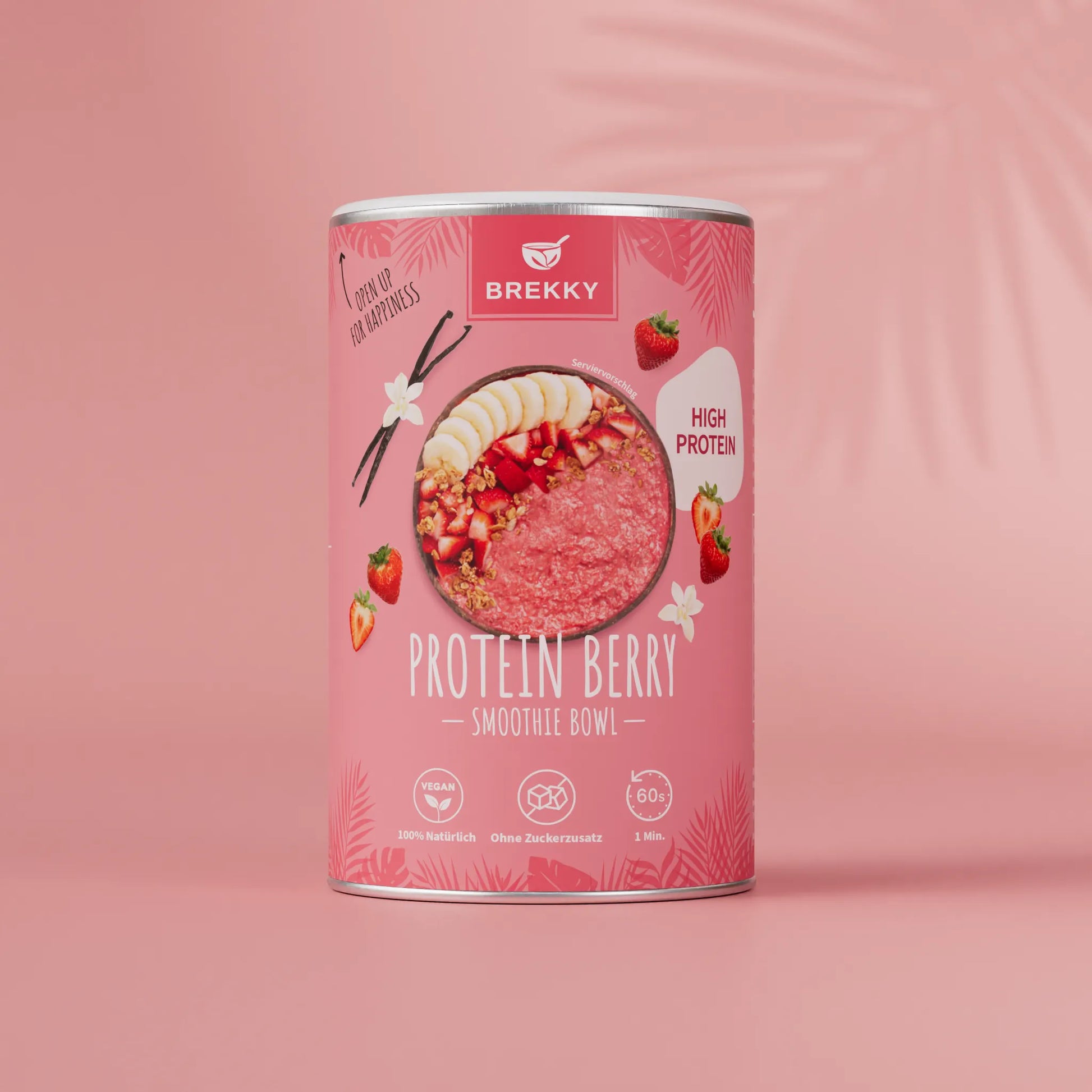
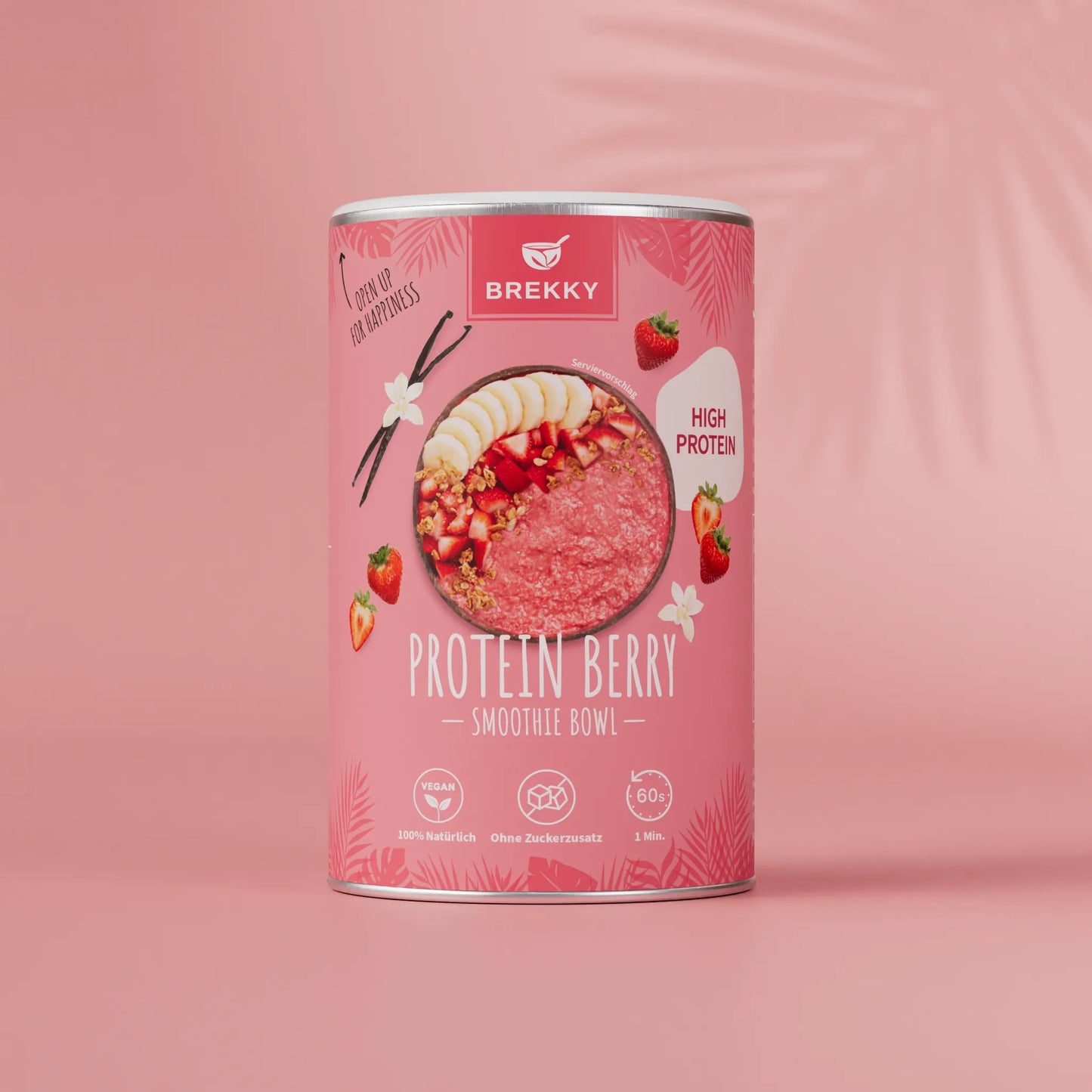
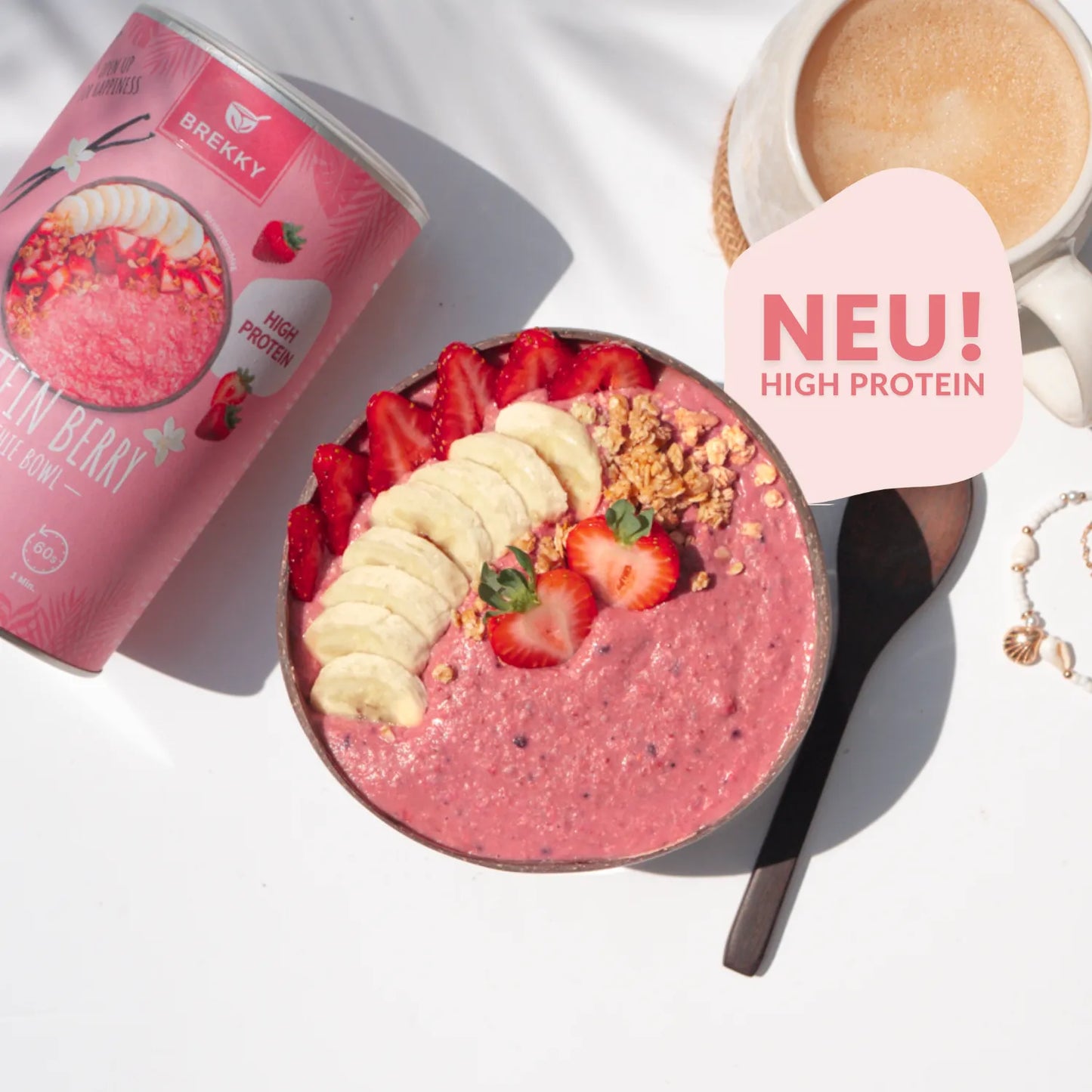



Five healthy smoothie bowl recipes under 300 calories
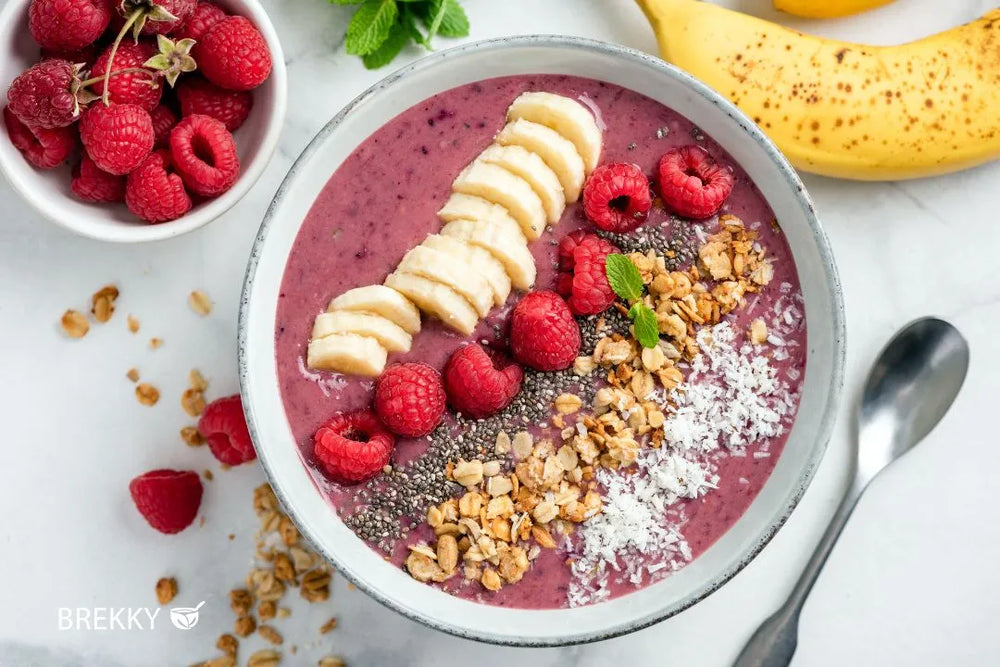
Low-calorie berry smoothie bowl
- Ingredients : 100 g frozen berries (e.g. blueberries, raspberries), 50 ml water, 50 g low-fat quark, 1 tsp chia seeds
- Preparation : Blend berries, water, and low-fat quark until creamy. Finally, sprinkle with chia seeds. If you want more sweetness, add half a banana.
- Benefits : The combination of fiber and protein keeps you full for a long time and provides plenty of antioxidants.
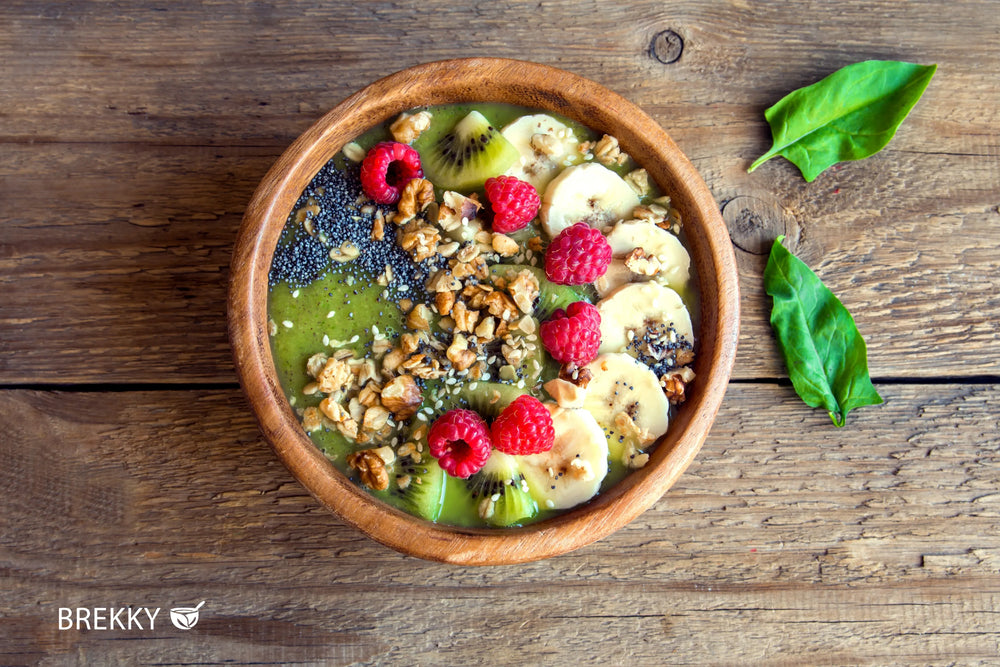
Green protein smoothie bowl for weight loss
- Ingredients : A handful of spinach, 1/2 cucumber, 1/2 apple, 50 g low-fat quark or vegetable protein source, a splash of water
- Preparation : Blend all ingredients in a blender, adding water as needed. Top with a few cucumber slices or a little chopped parsley.
- Calories : Approx. 250 kcal, depending on the size of the apple and the protein source.
- Special feature : Healthy and low in calories, as it contains lots of leafy vegetables, and the quark or plant-based alternatives provide enough protein to keep you full.
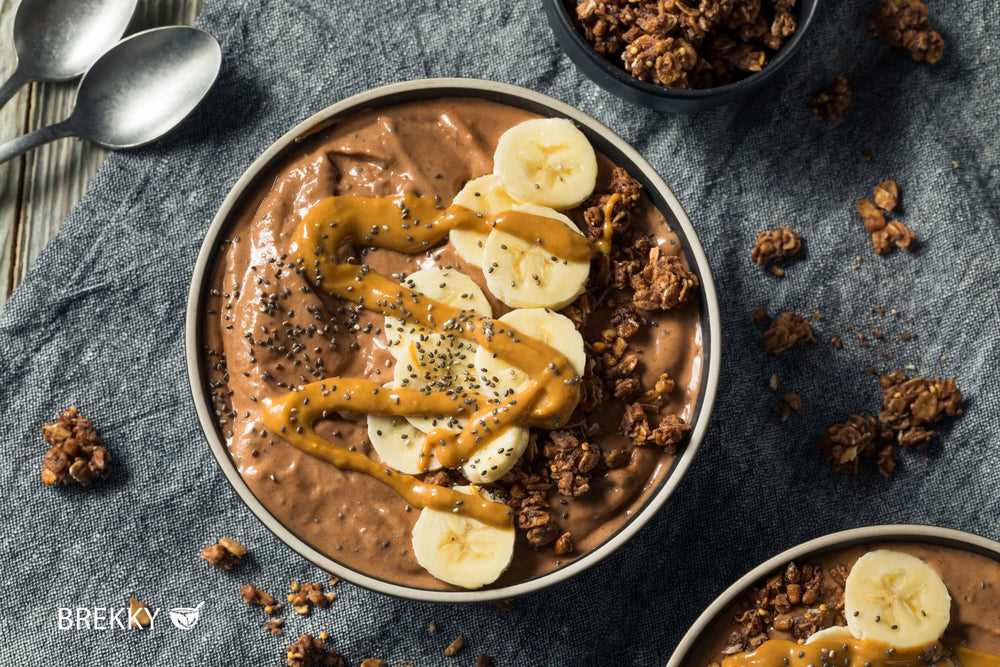
Low-calorie chocolate smoothie bowl
- Ingredients : 1 small banana, 1 tsp unsweetened cocoa powder, 150 ml unsweetened almond milk, 1 tsp flaxseed
-
Preparation : Blend banana, cocoa powder, and almond milk until smooth. Sprinkle with flaxseed or decorate as desired.
- Calories : About 220–230 kcal.
- Plus point : Low in calories yet still chocolatey. Ideal for anyone who wants chocolate without experiencing a calorie fiasco.
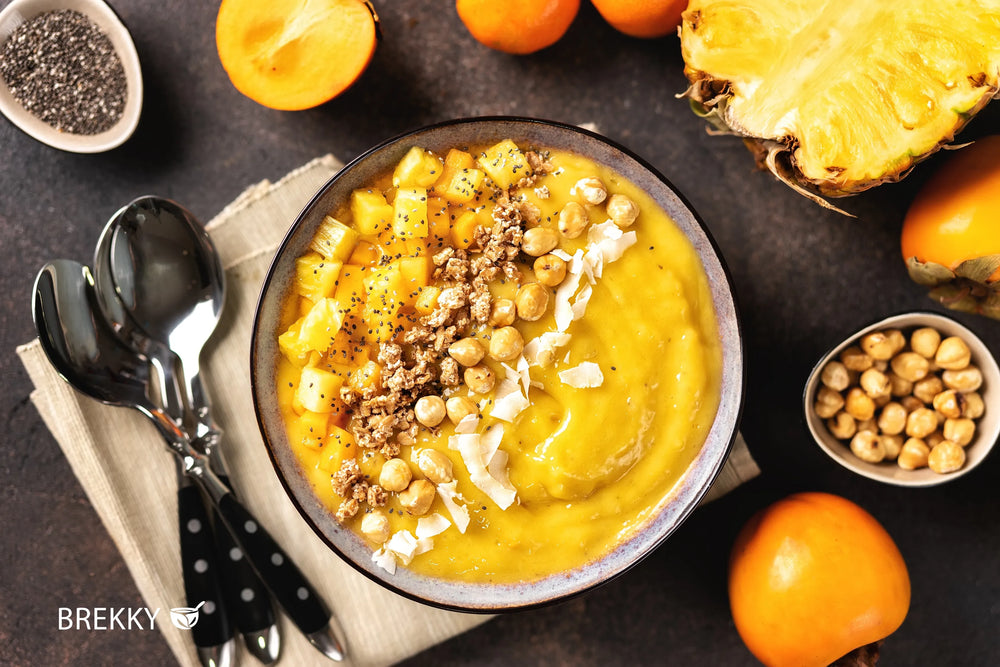
Breakfast smoothie bowl with no added sugar
- Ingredients : 1/2 mango (ripe but not too big), 1/2 ripe banana, 100 ml water or unsweetened almond milk, 1 tbsp oat flakes
- Preparation : Puree ingredients and garnish with oat flakes.
- Calories : About 250–300 kcal, depending on the size of the mango.
- Advantage : High content of vitamin C and beta-carotene from mango.
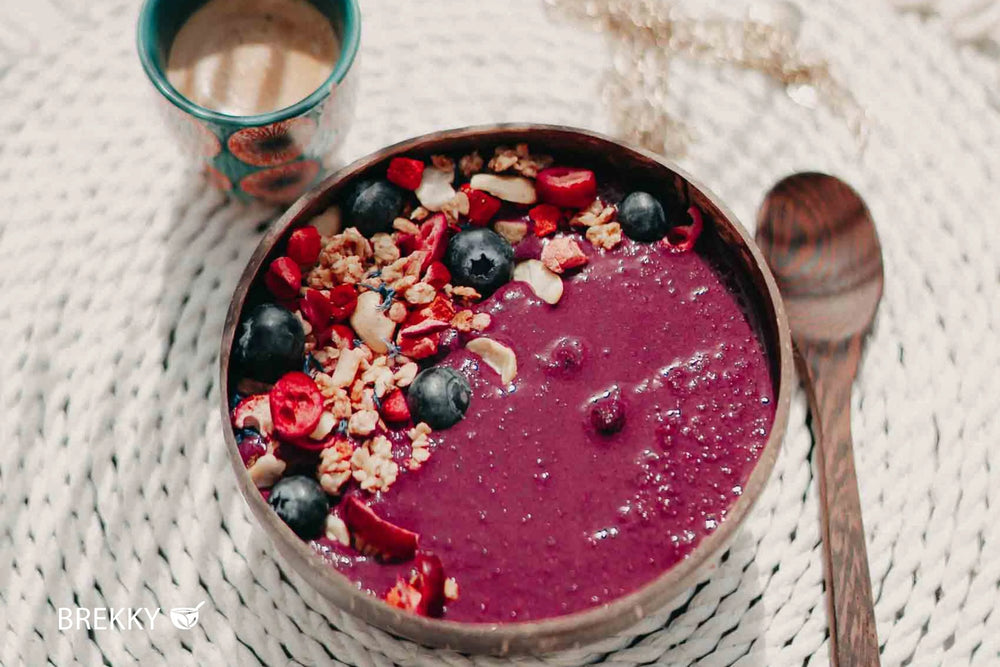
Low-calorie acai bowl
- Ingredients : 1 sachet of unsweetened acai puree (about 100 g), 50 g frozen berries, 1/2 banana, 50 ml water
-
Preparation : Blend everything together until creamy. Garnish with a few shredded coconut, if desired.
- Calories : Around 250 kcal.
- Tip : You can keep calories low by avoiding extra sweeteners and using only water or unsweetened plant-based drinks instead of juice.
Practical tips: Integrate smoothie bowls into your everyday life
